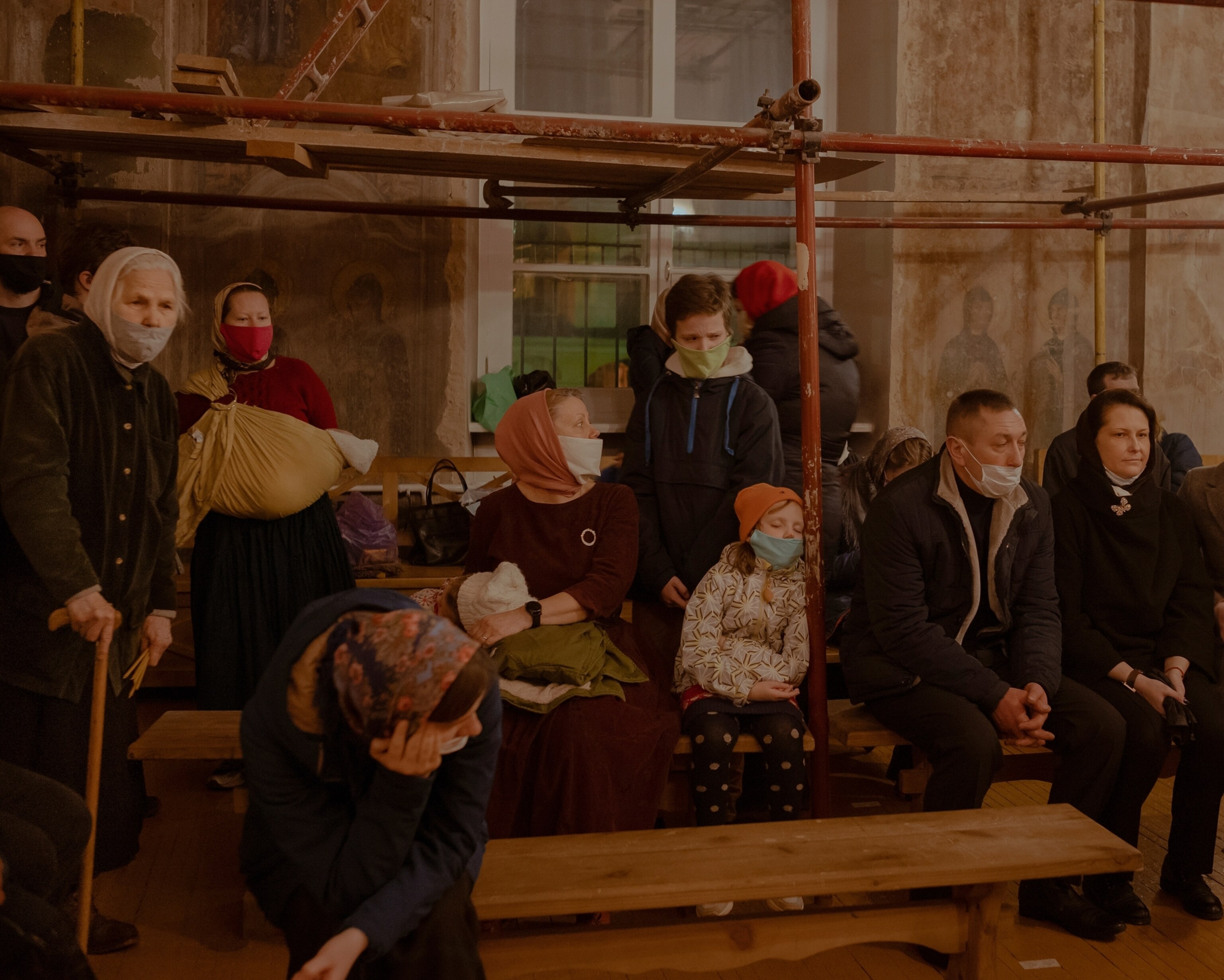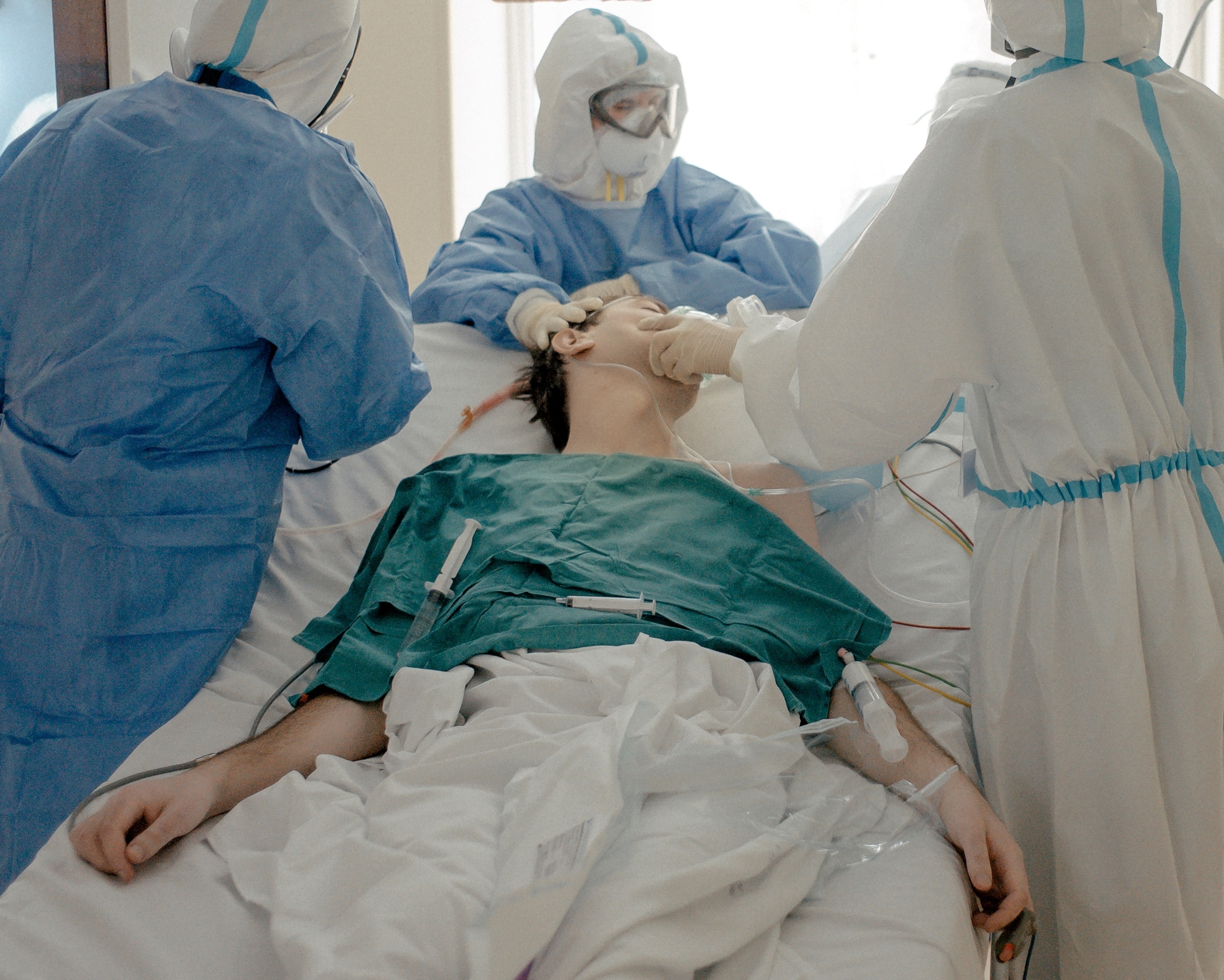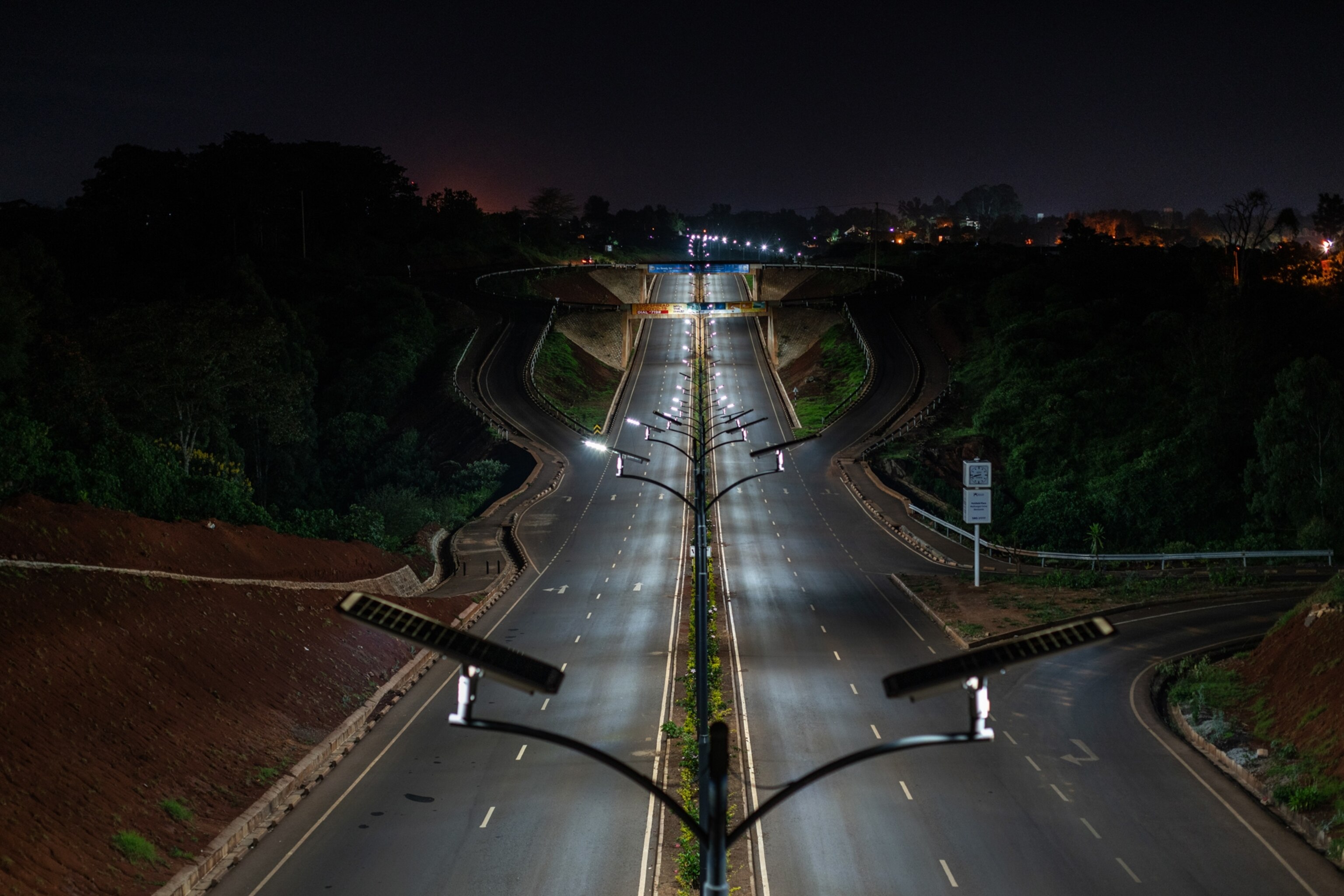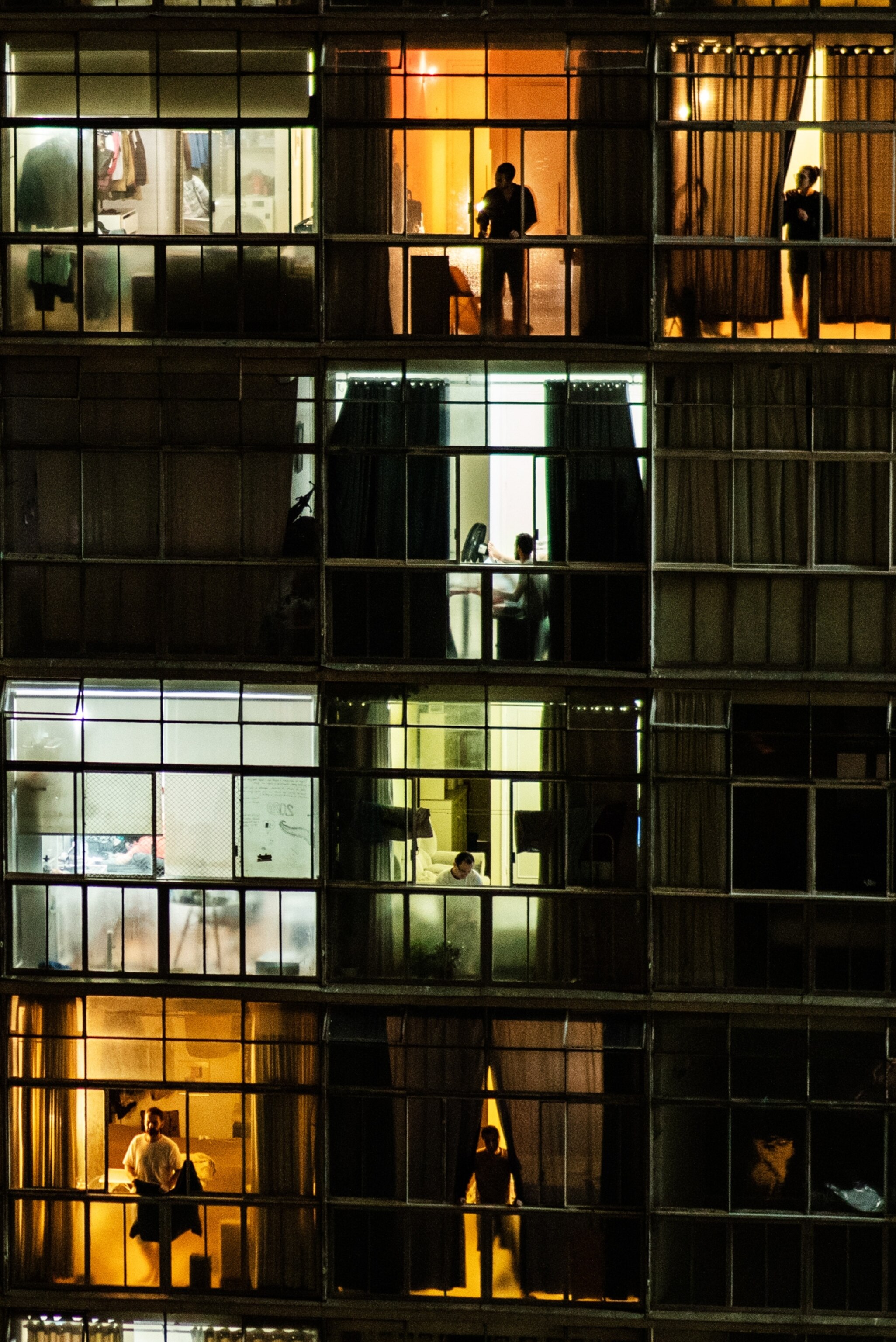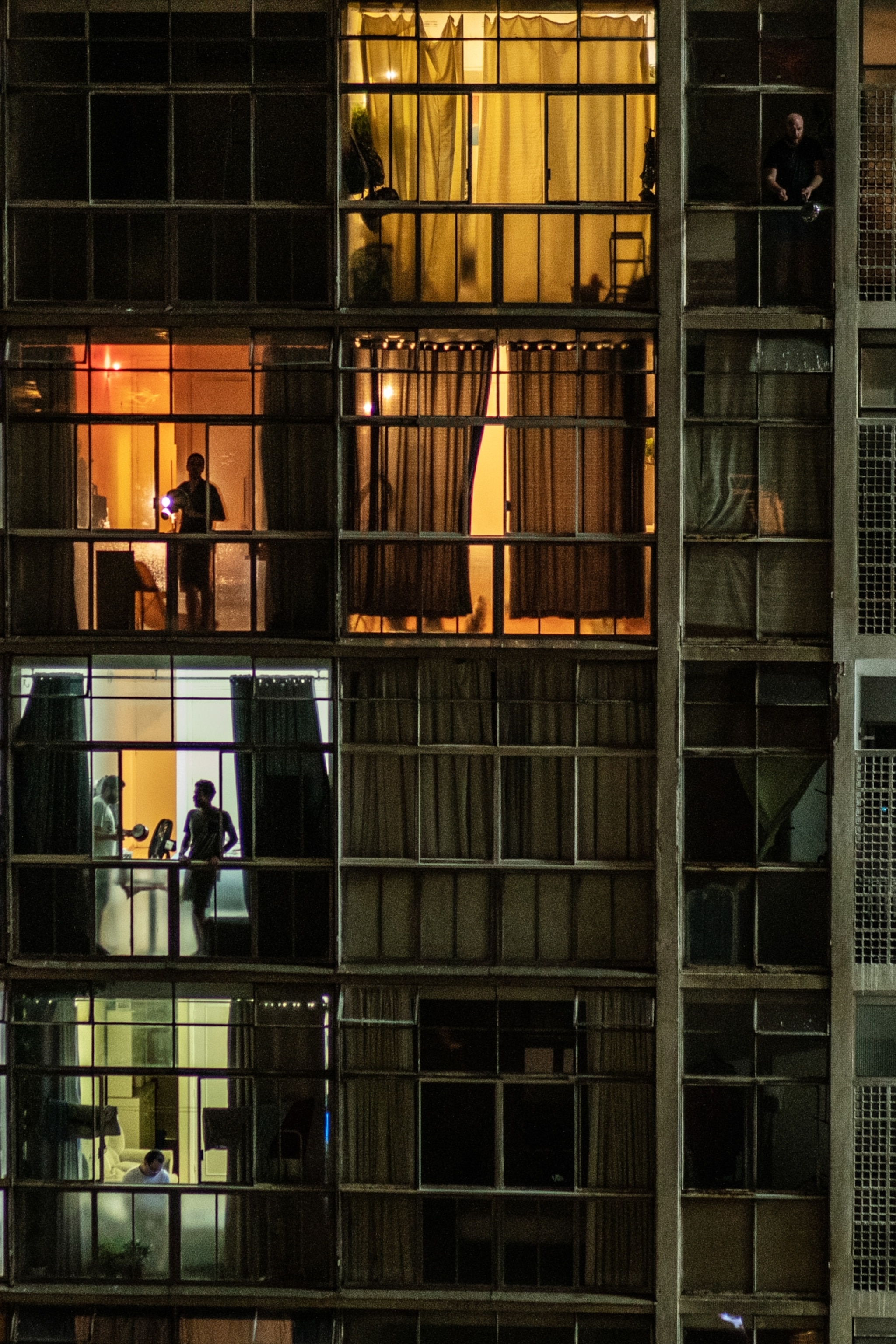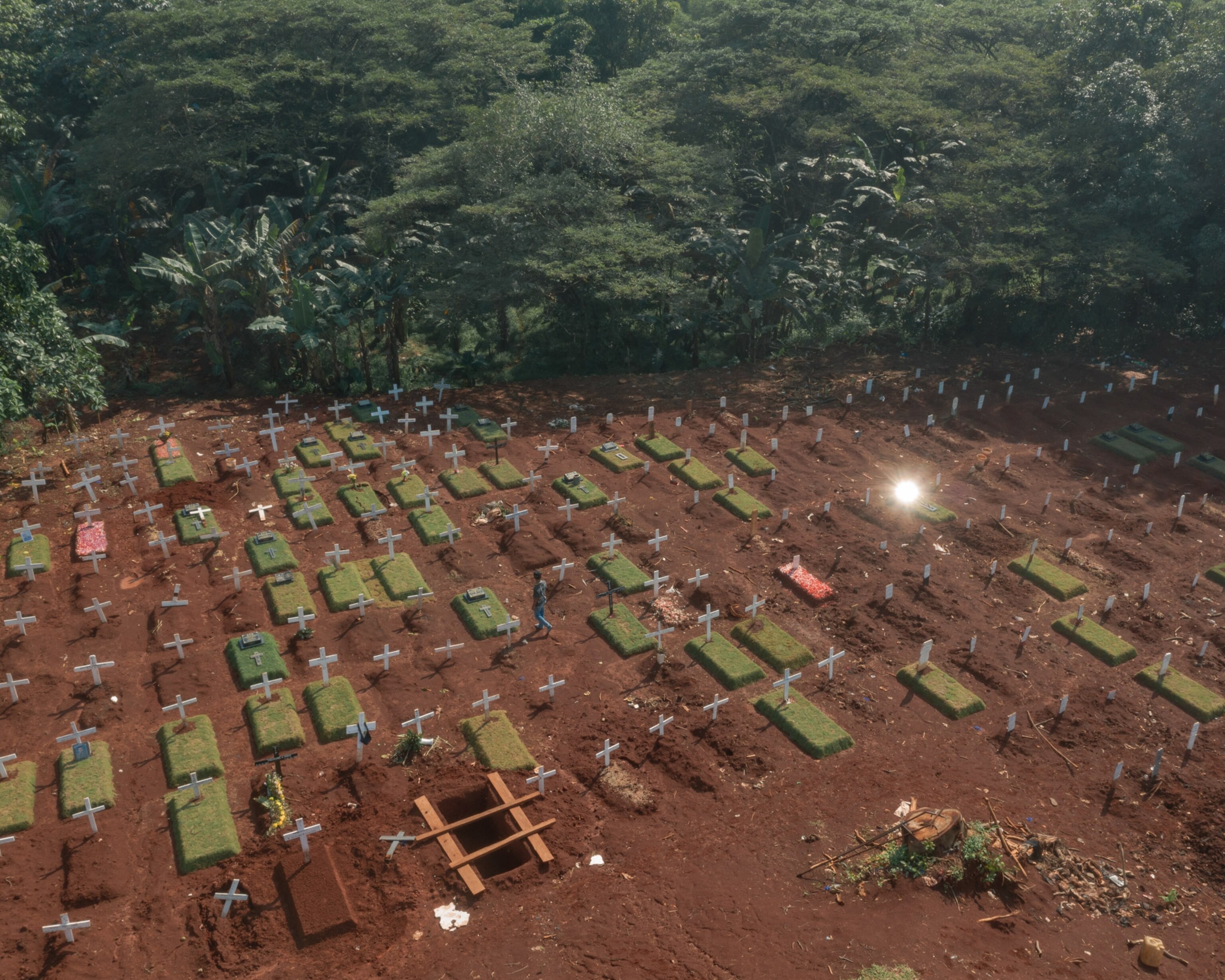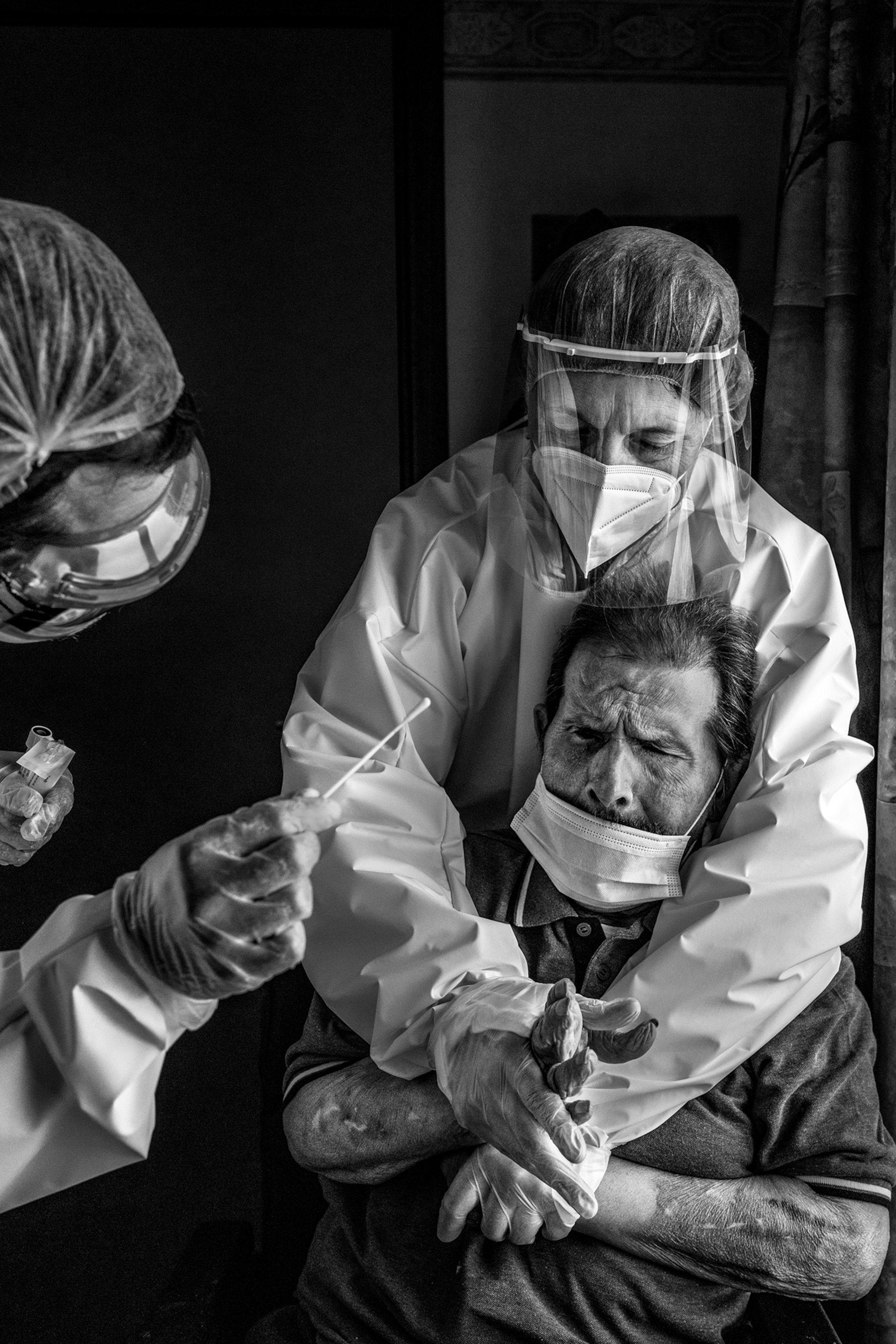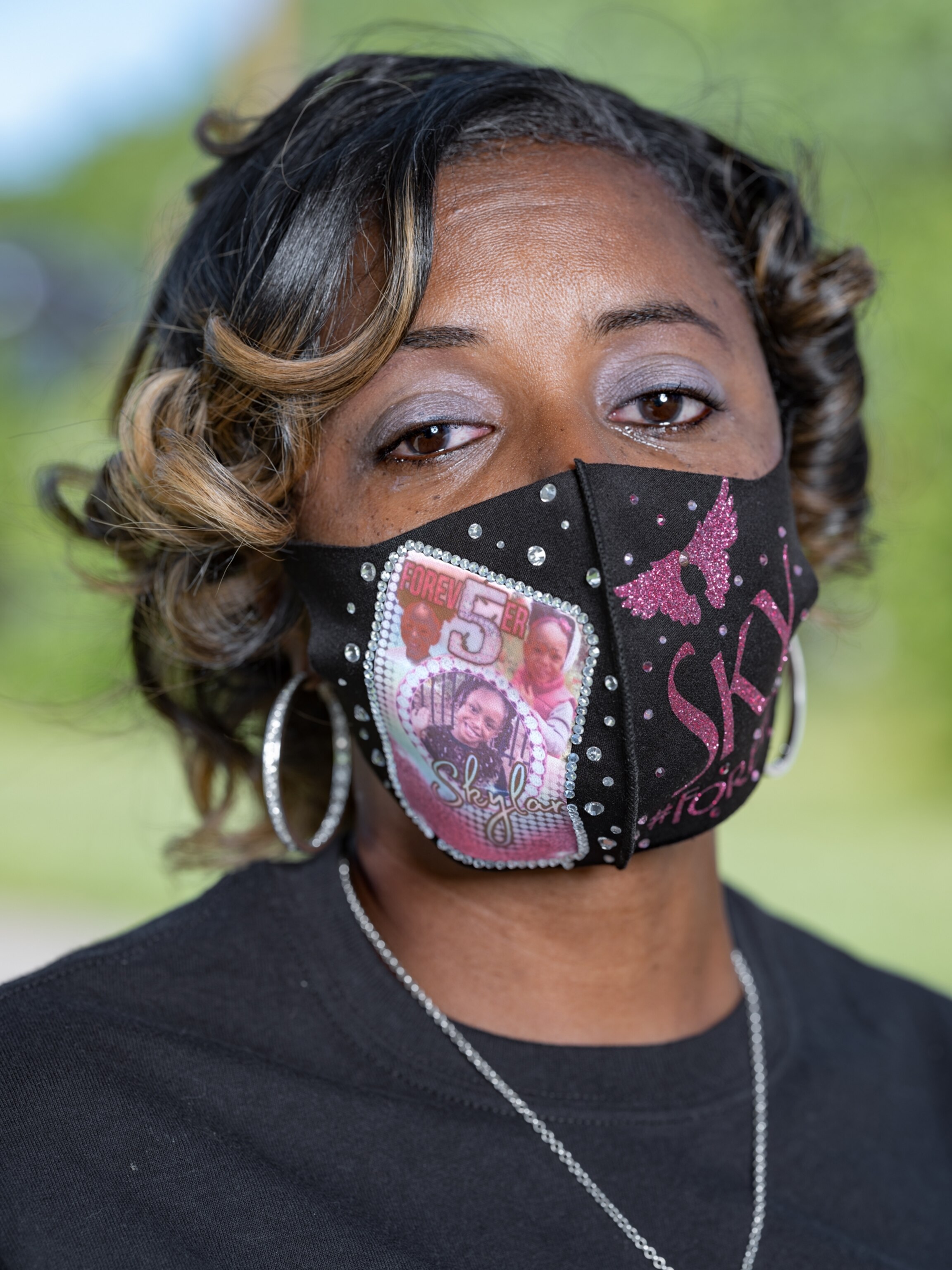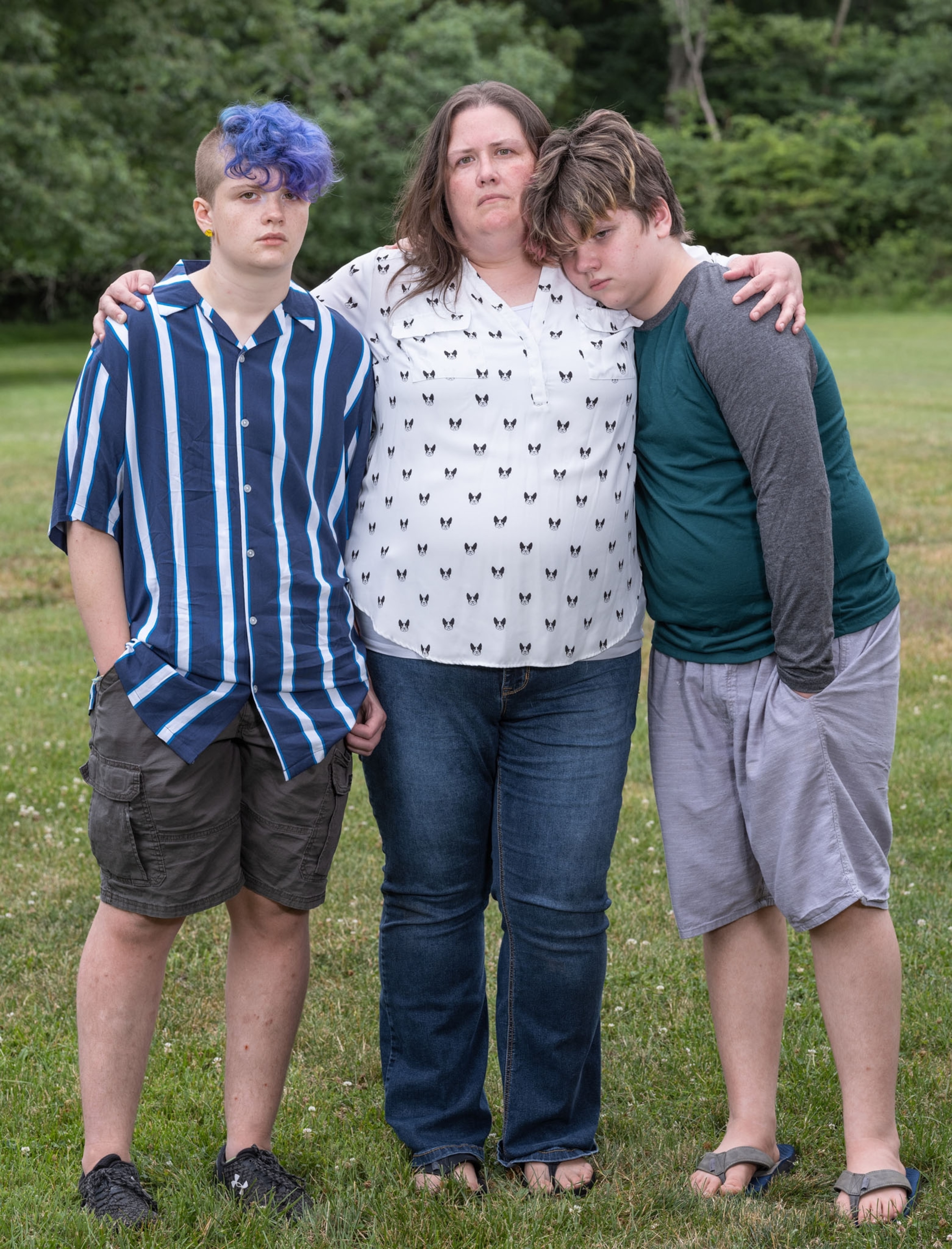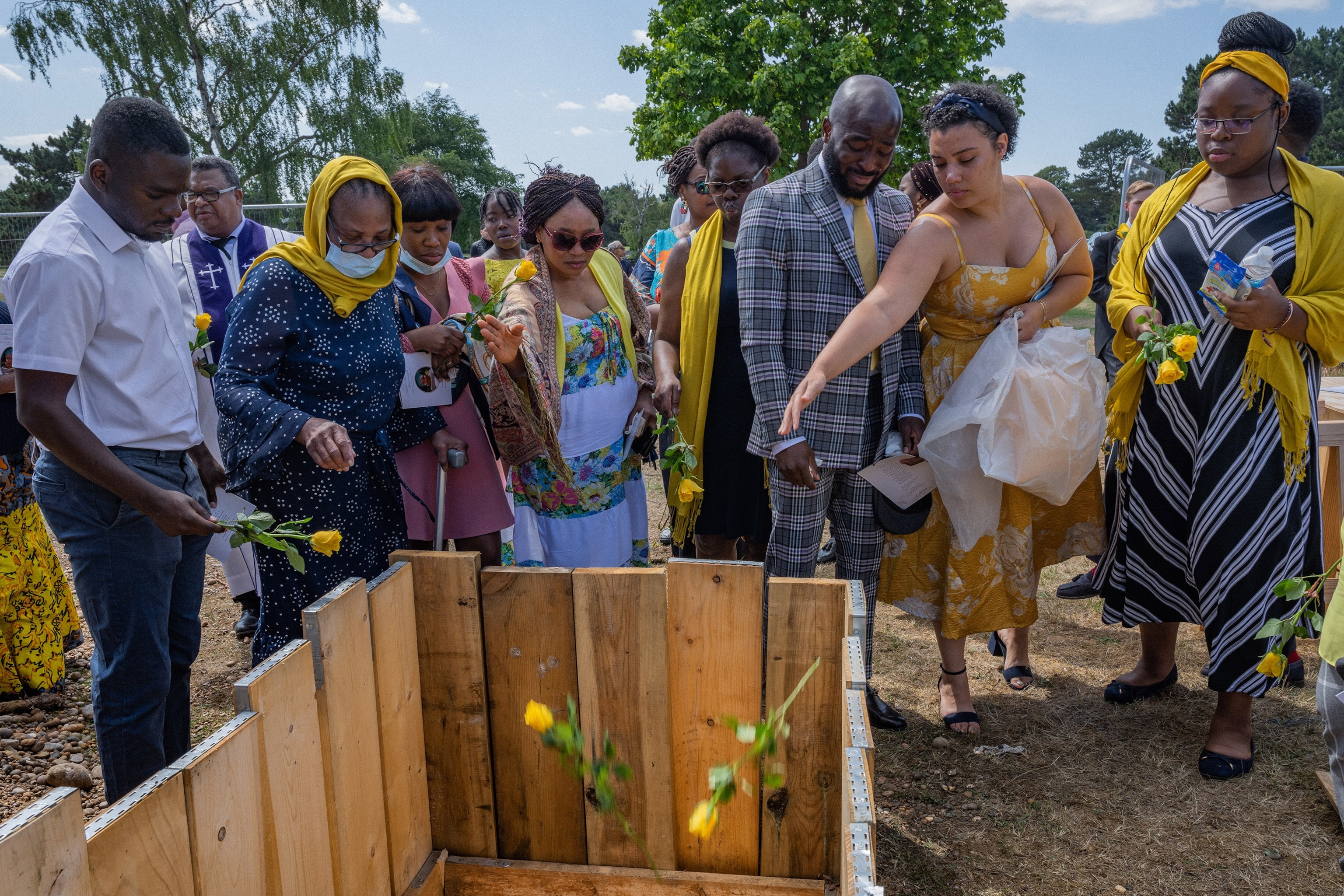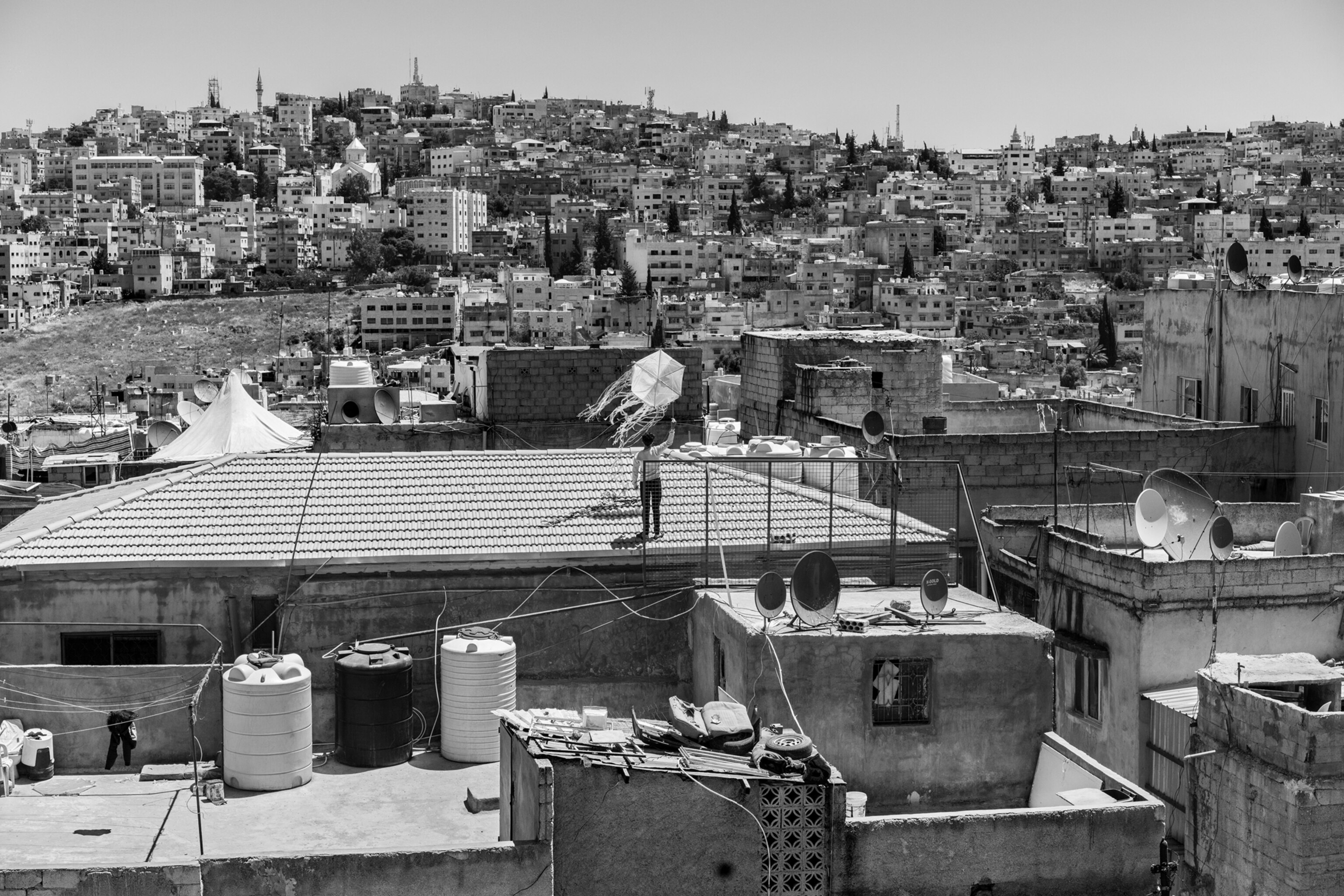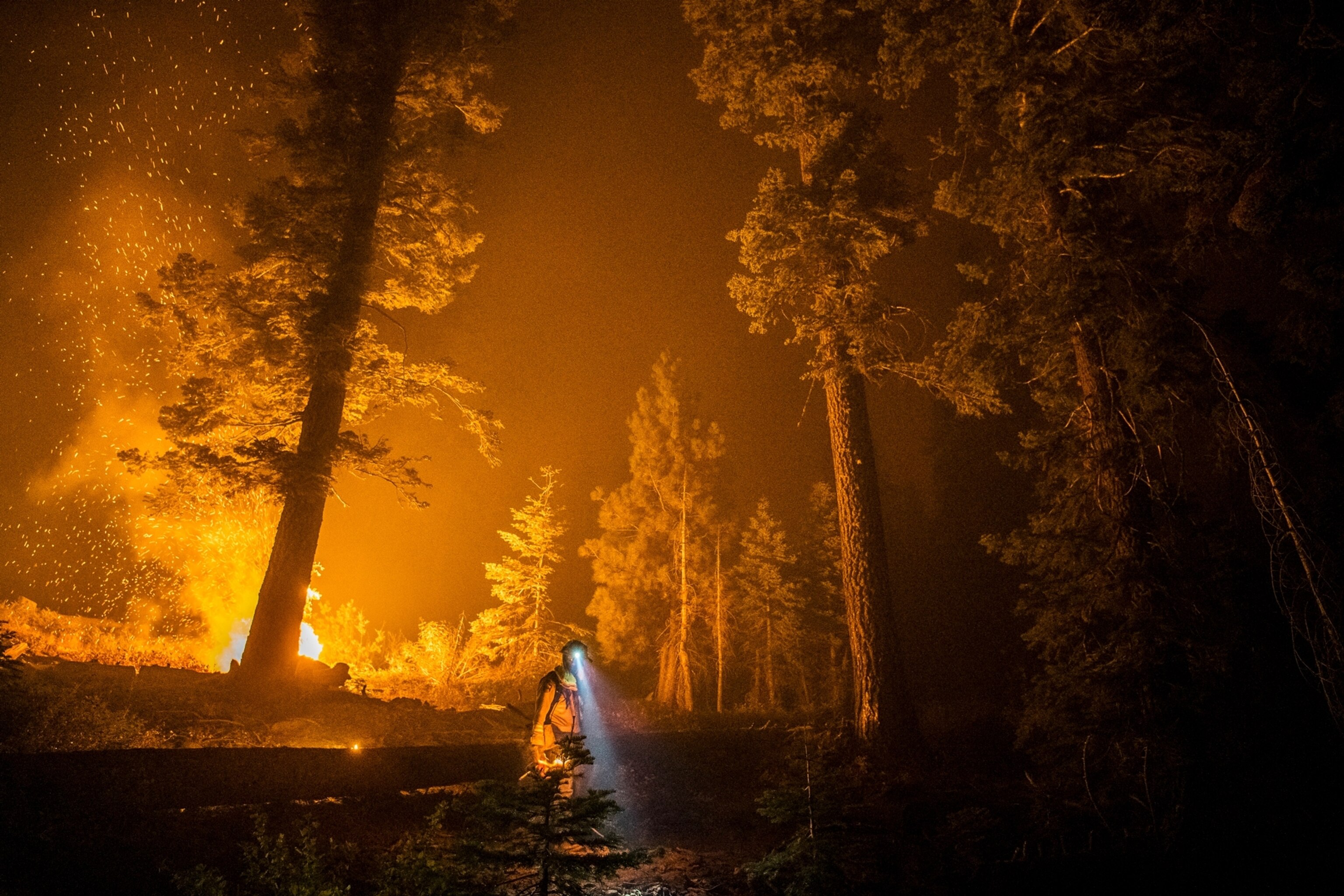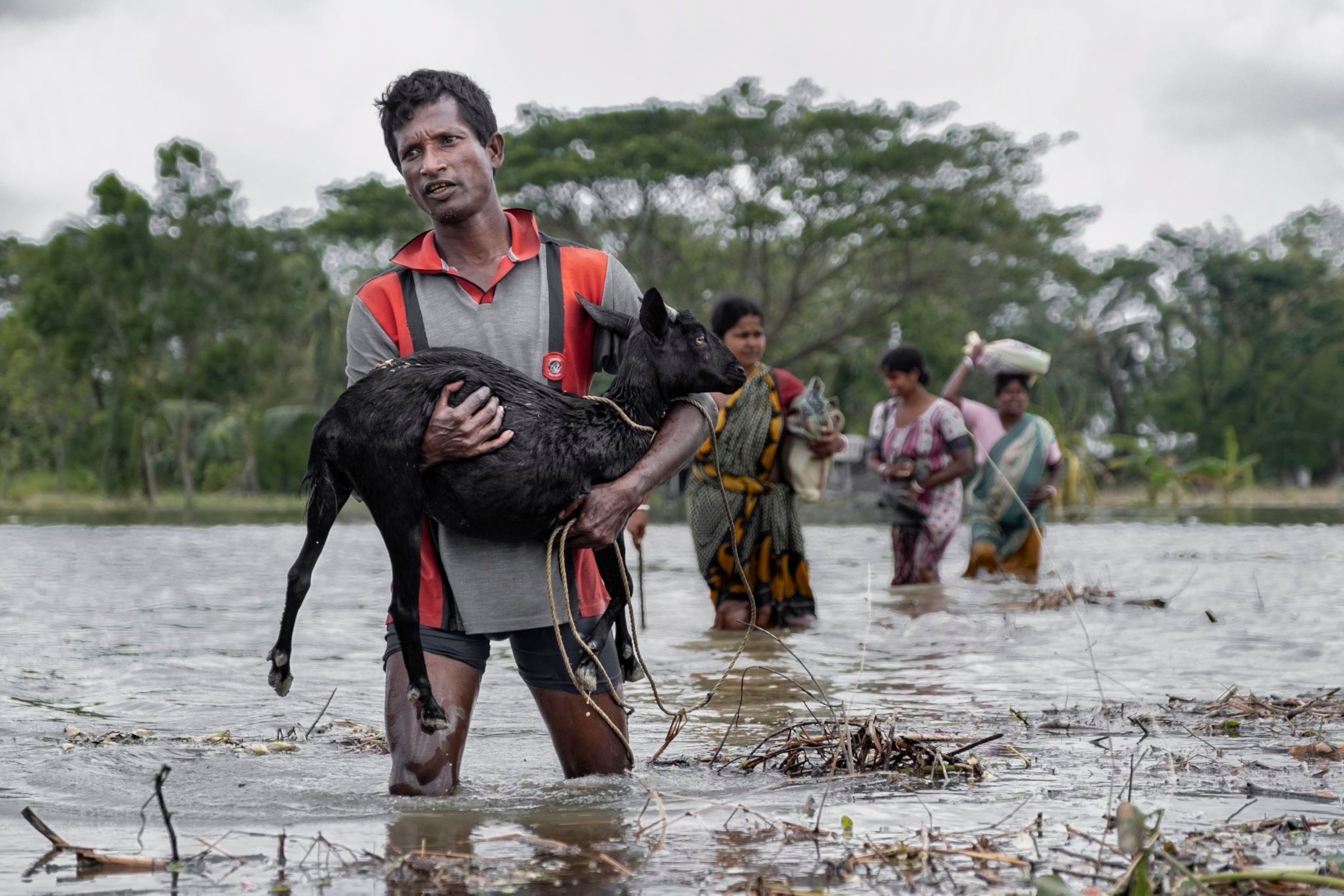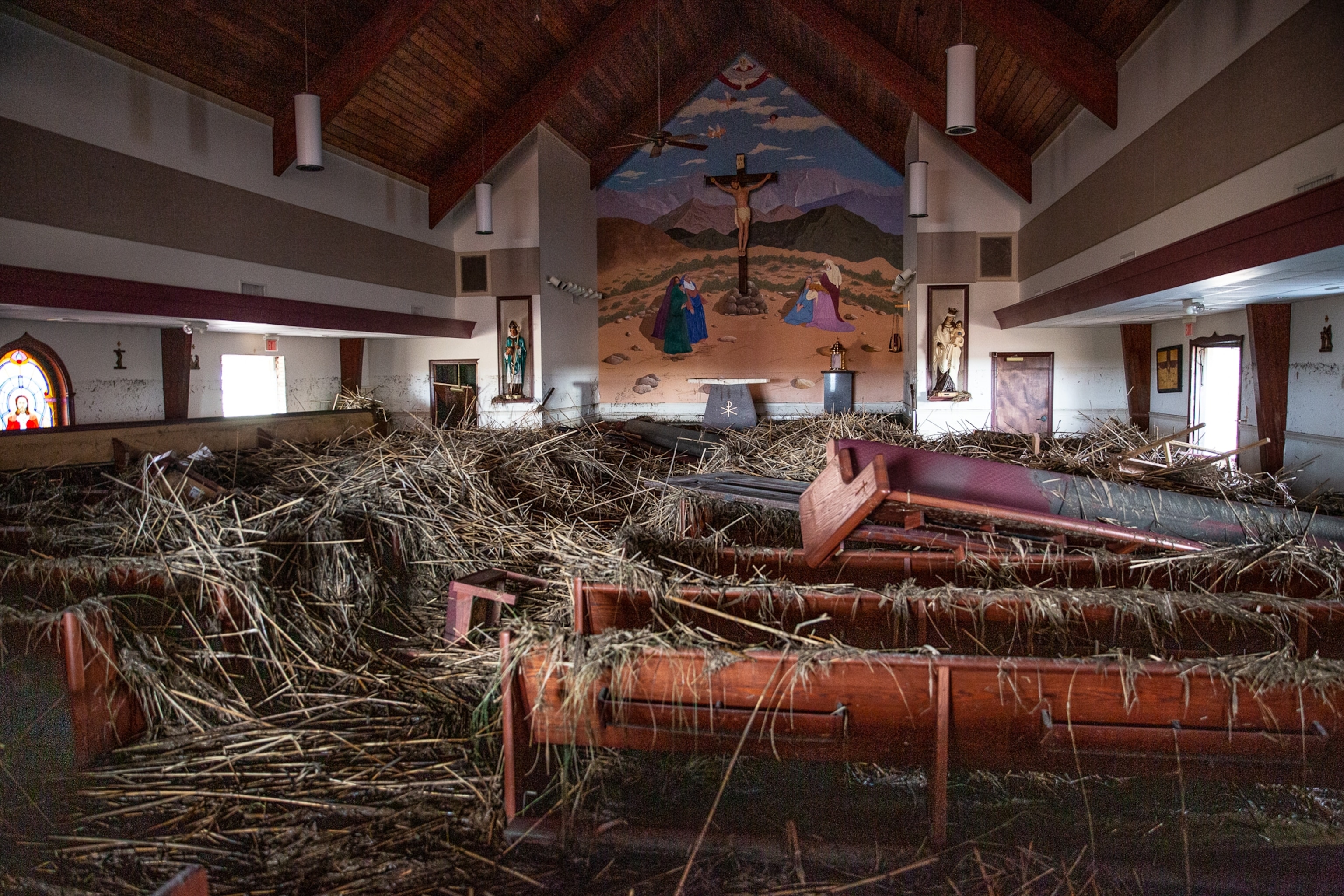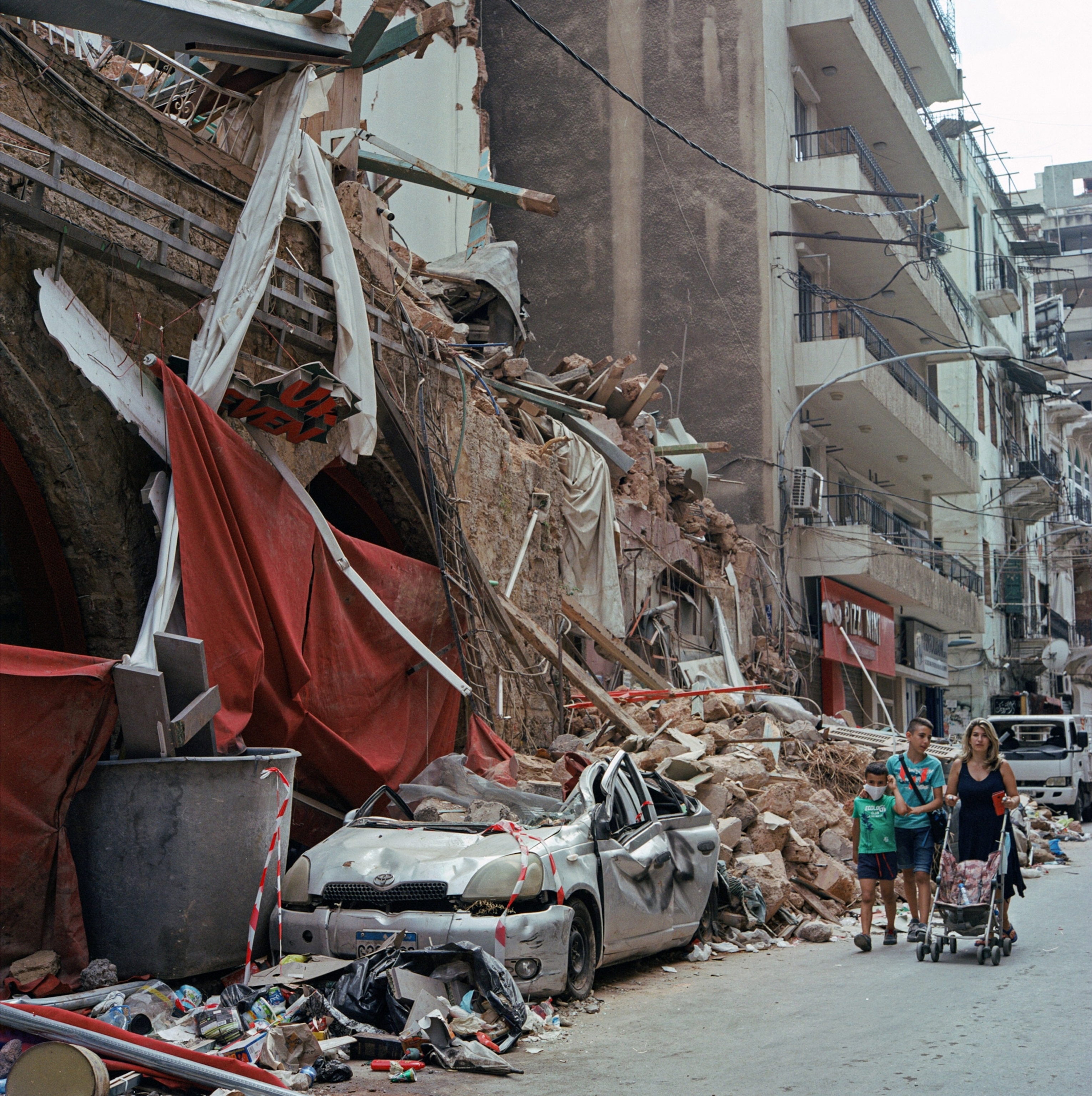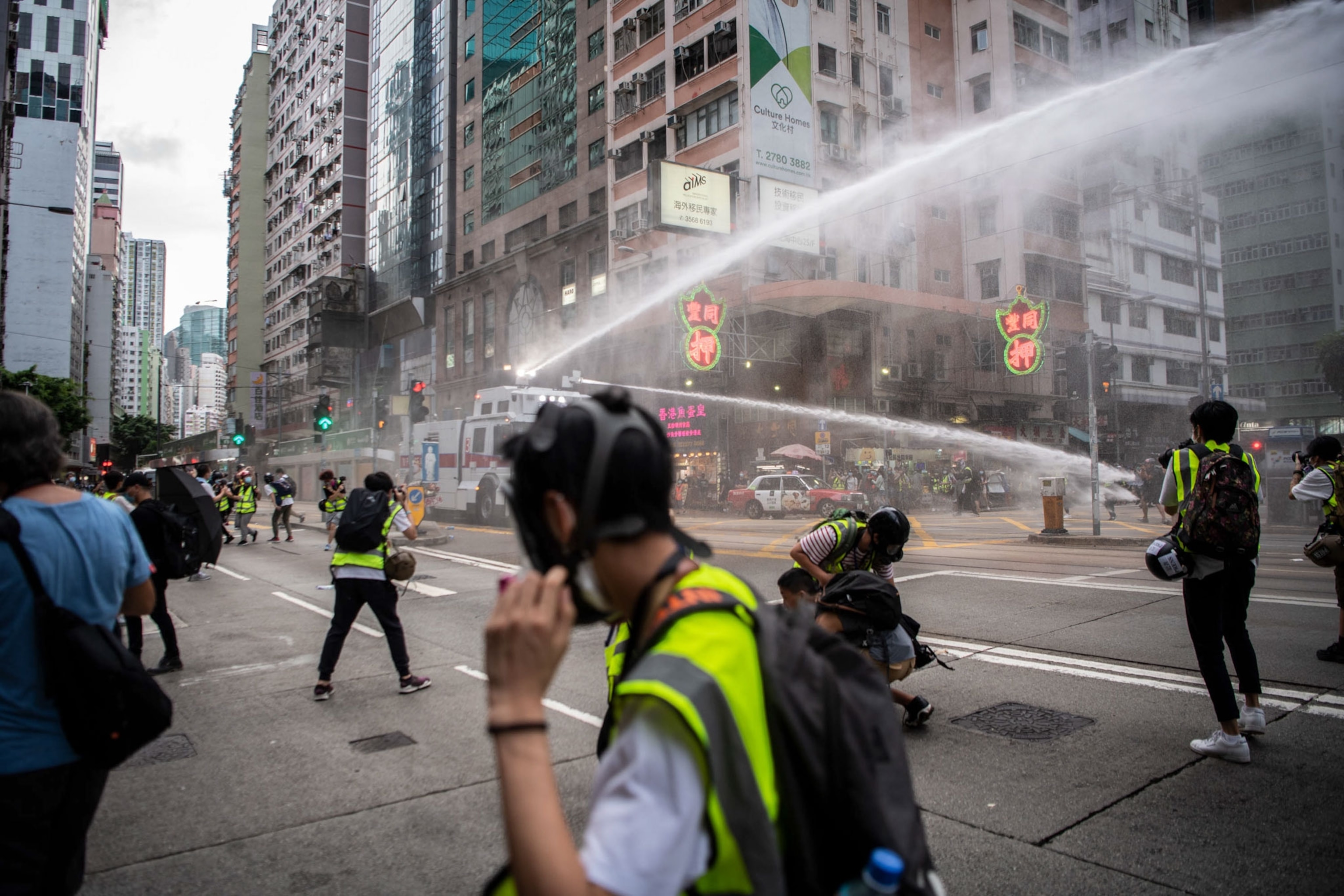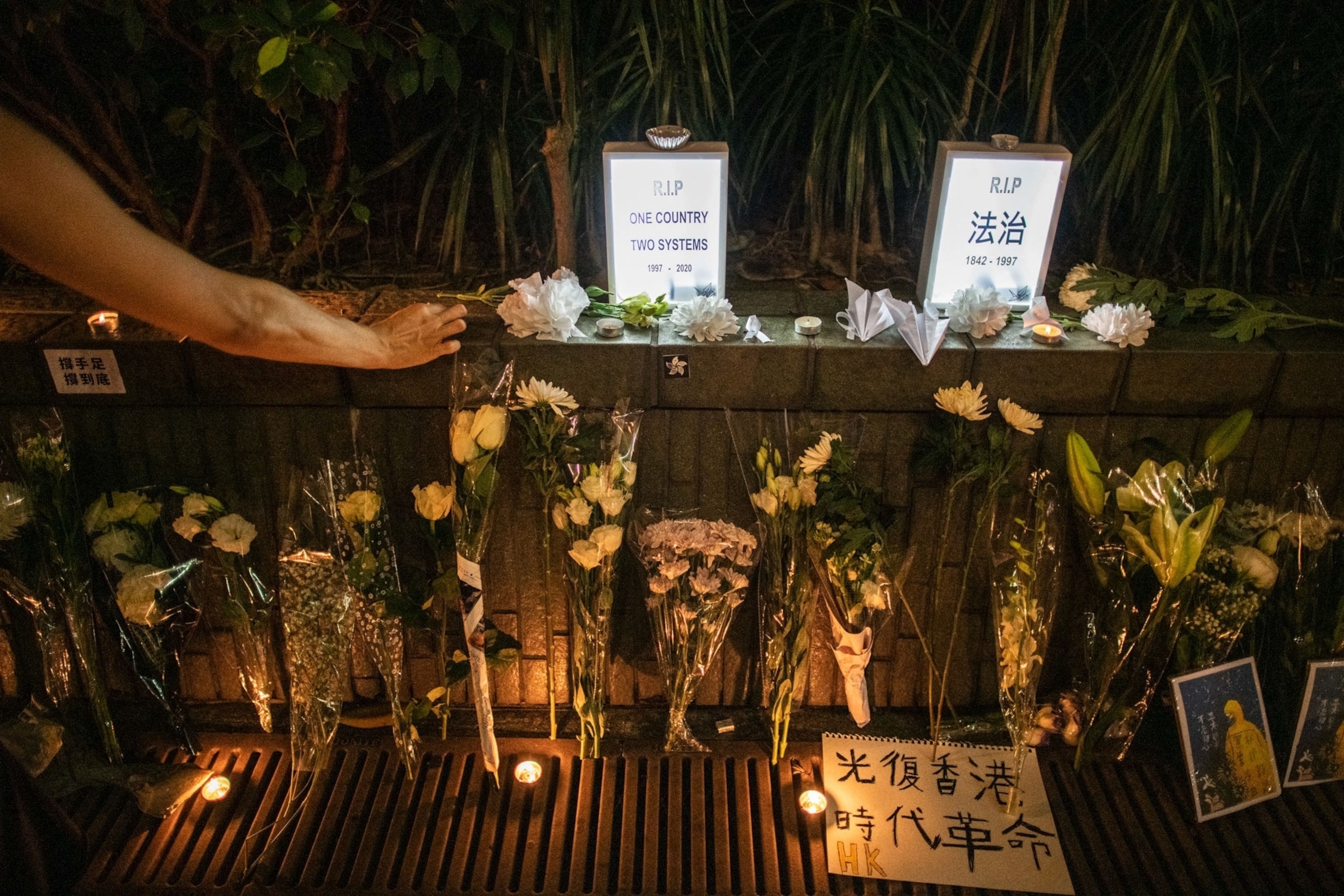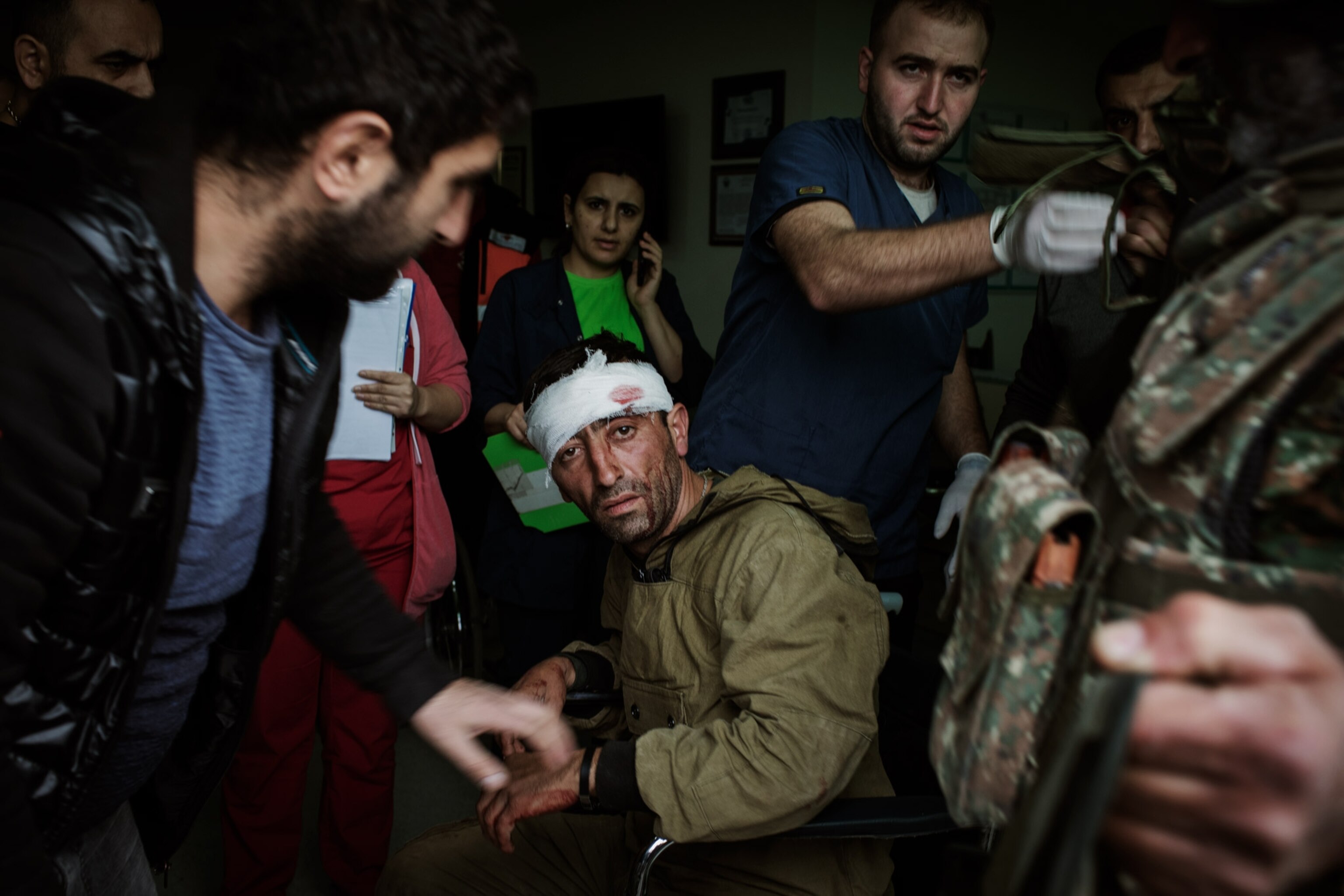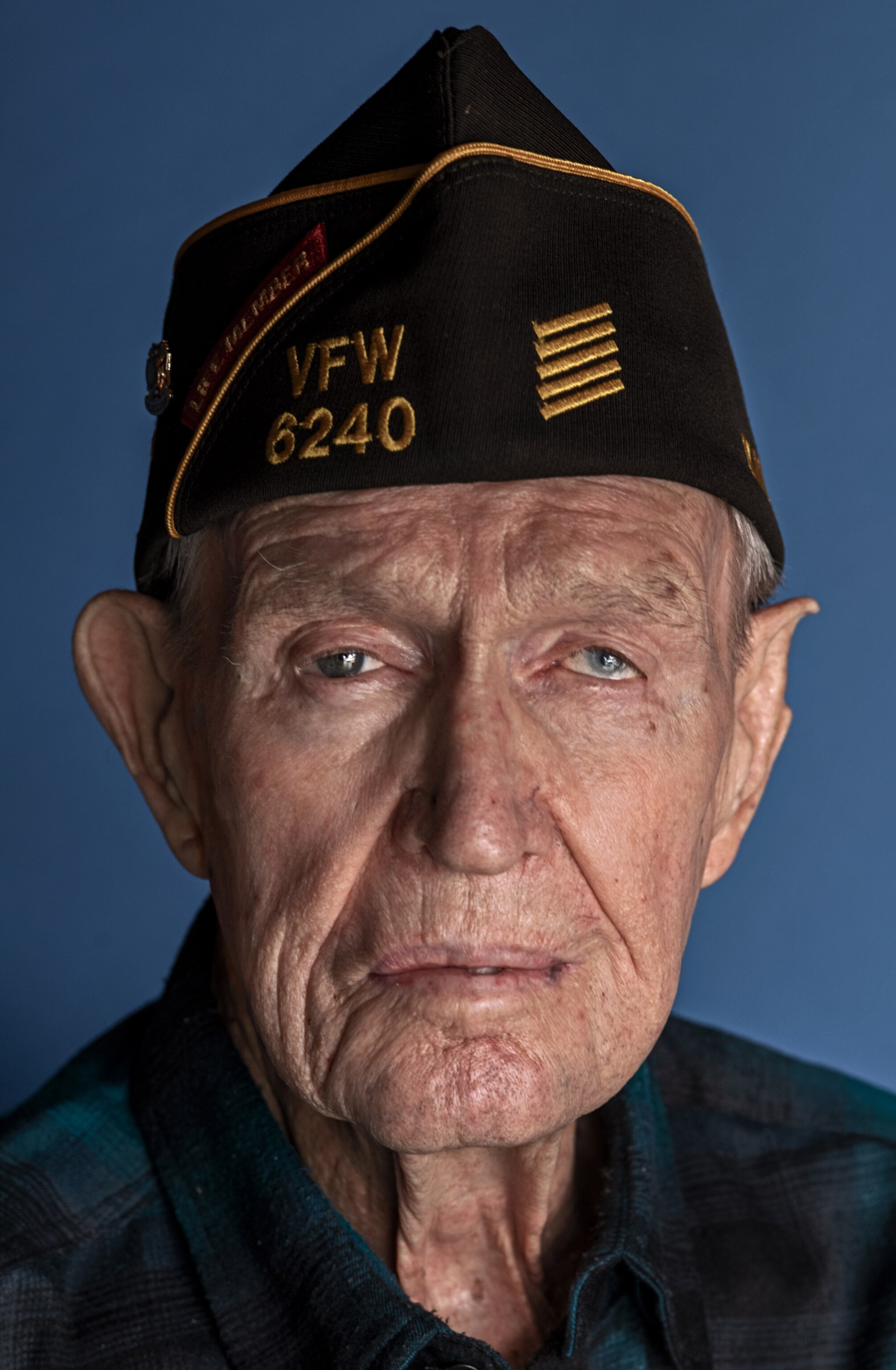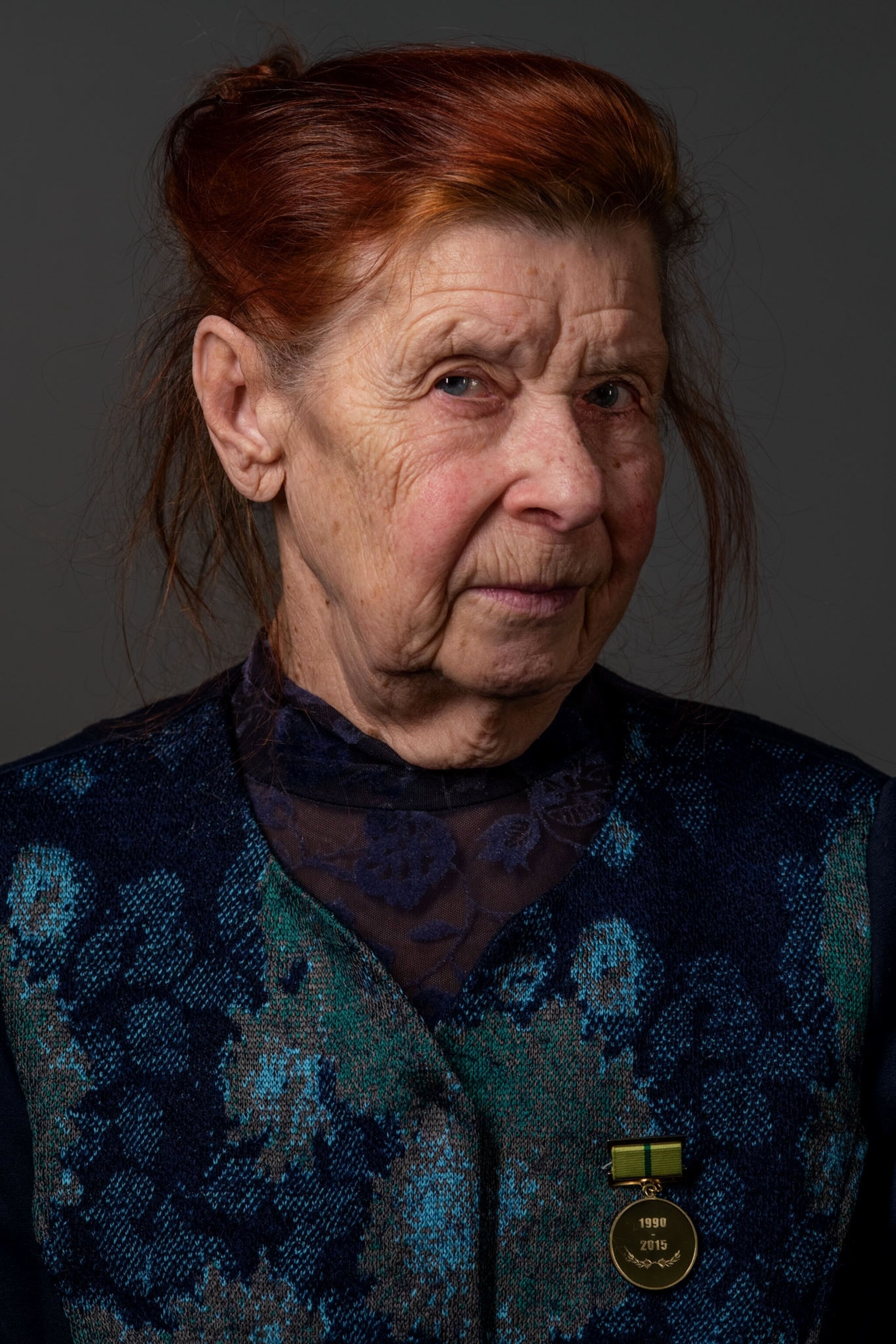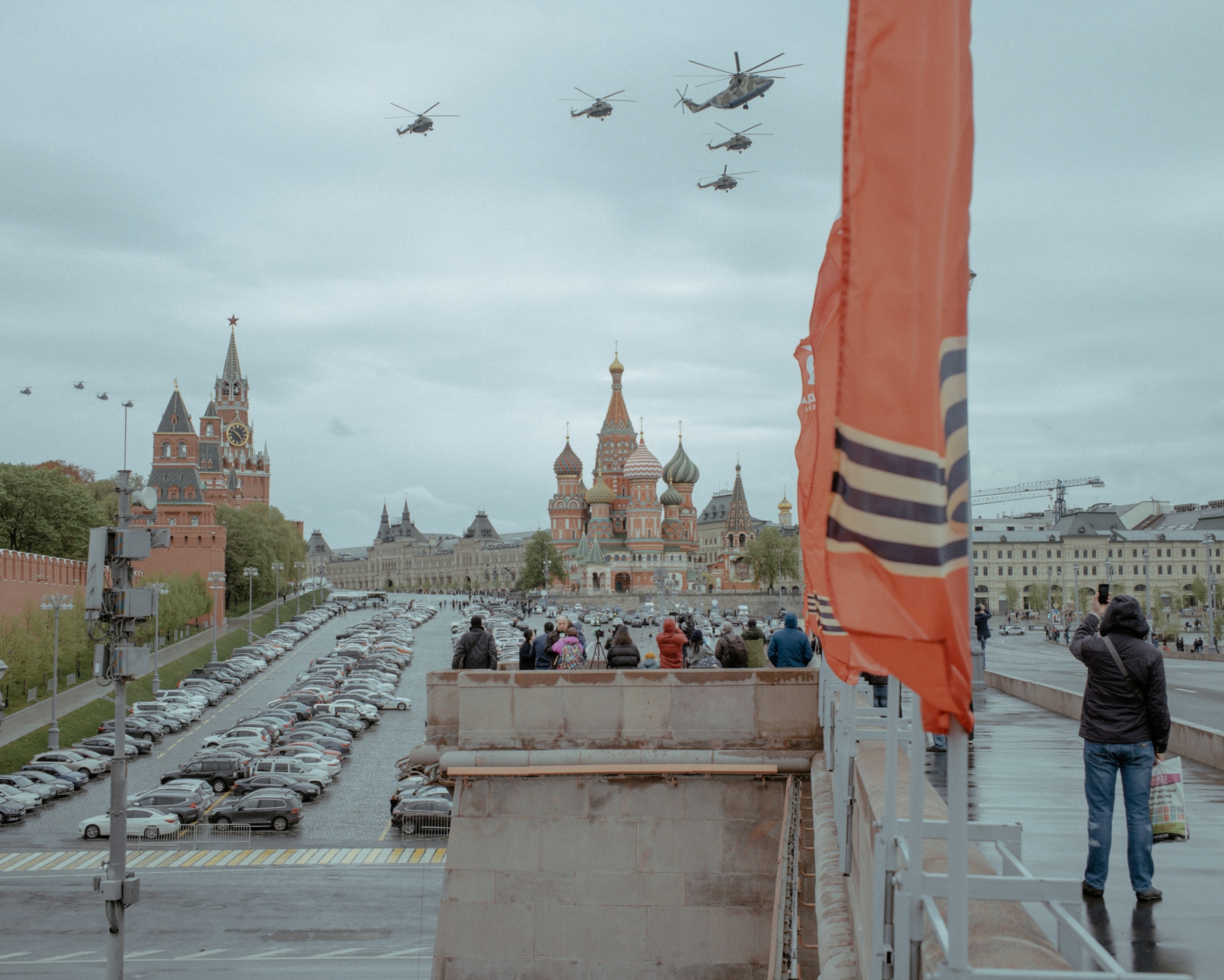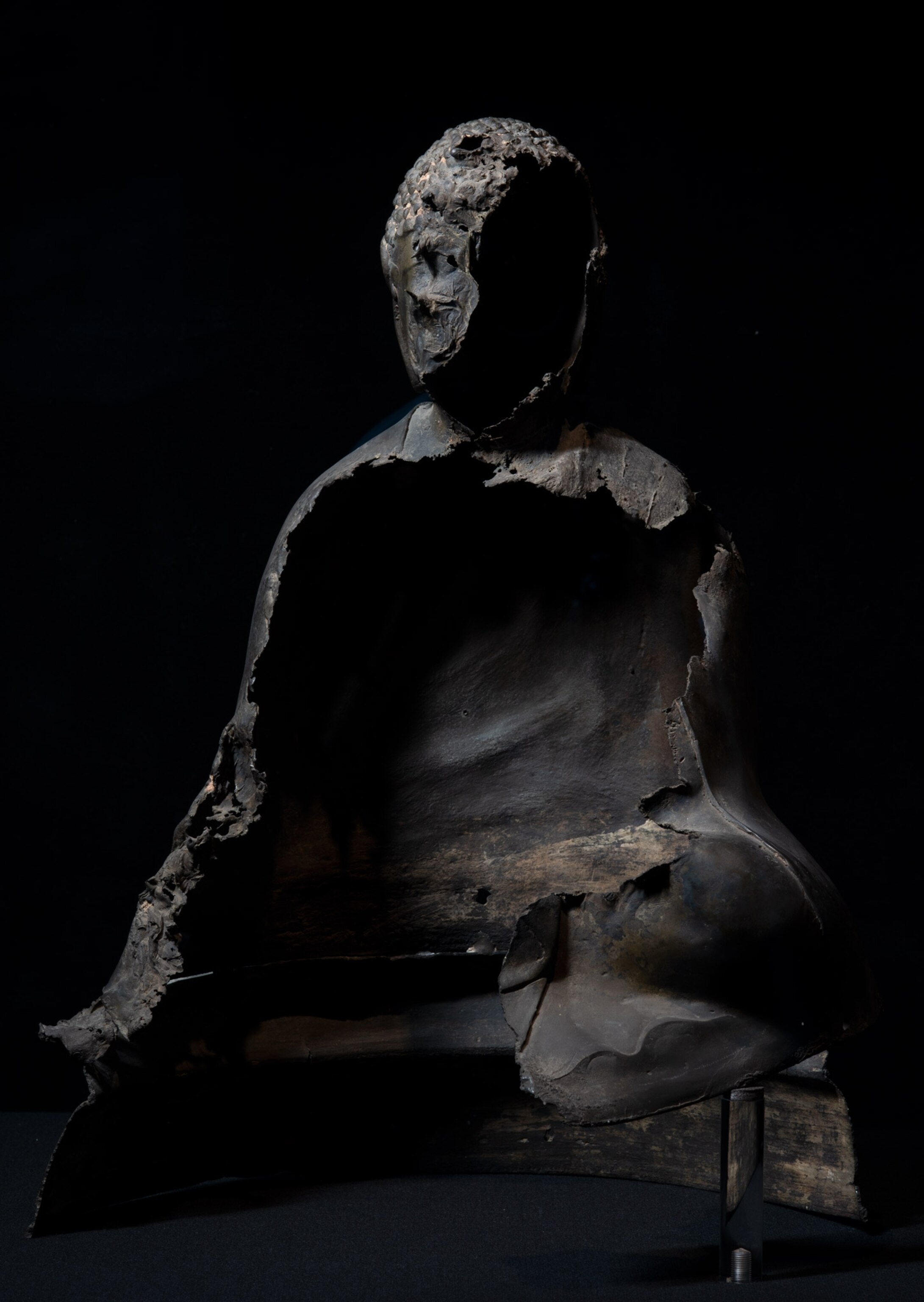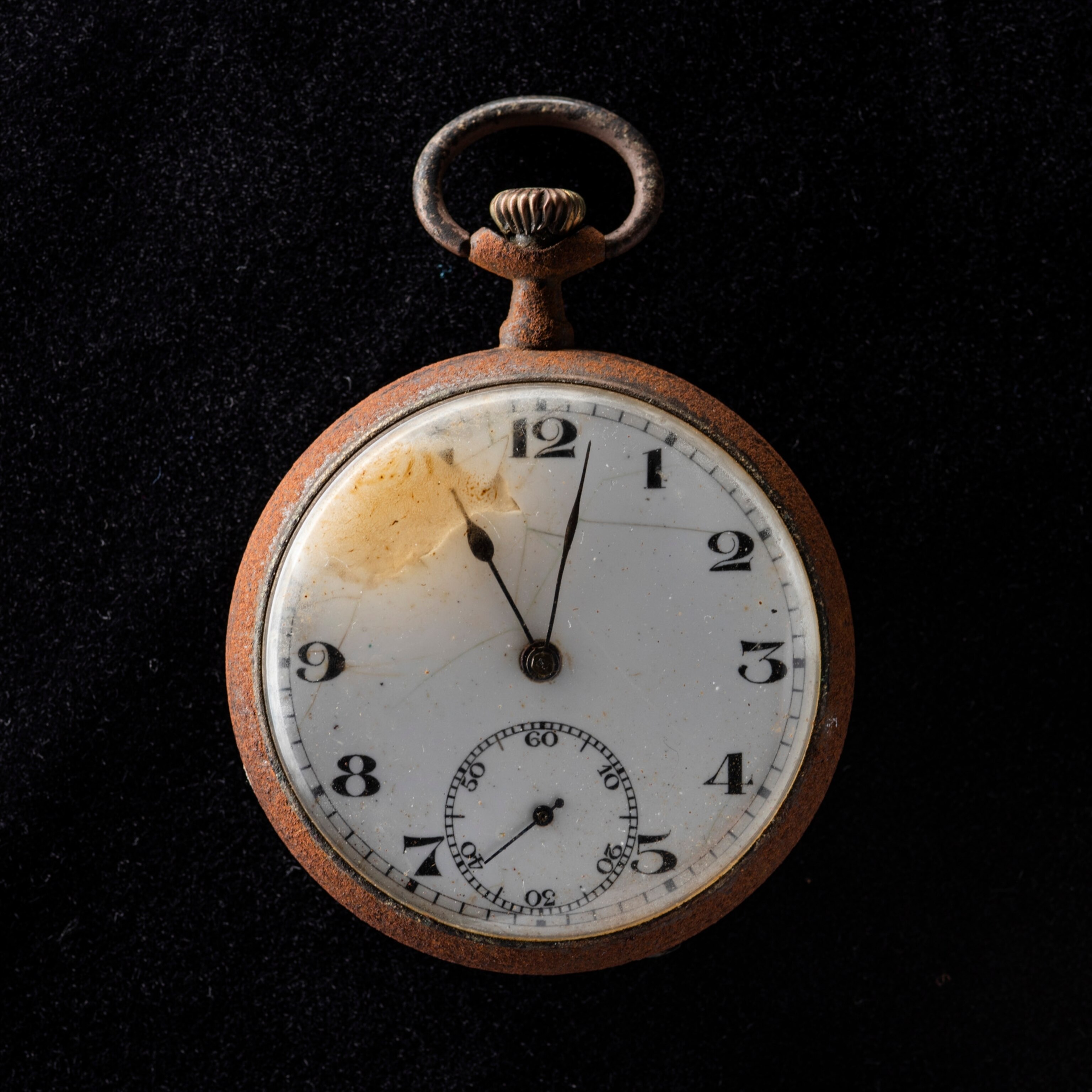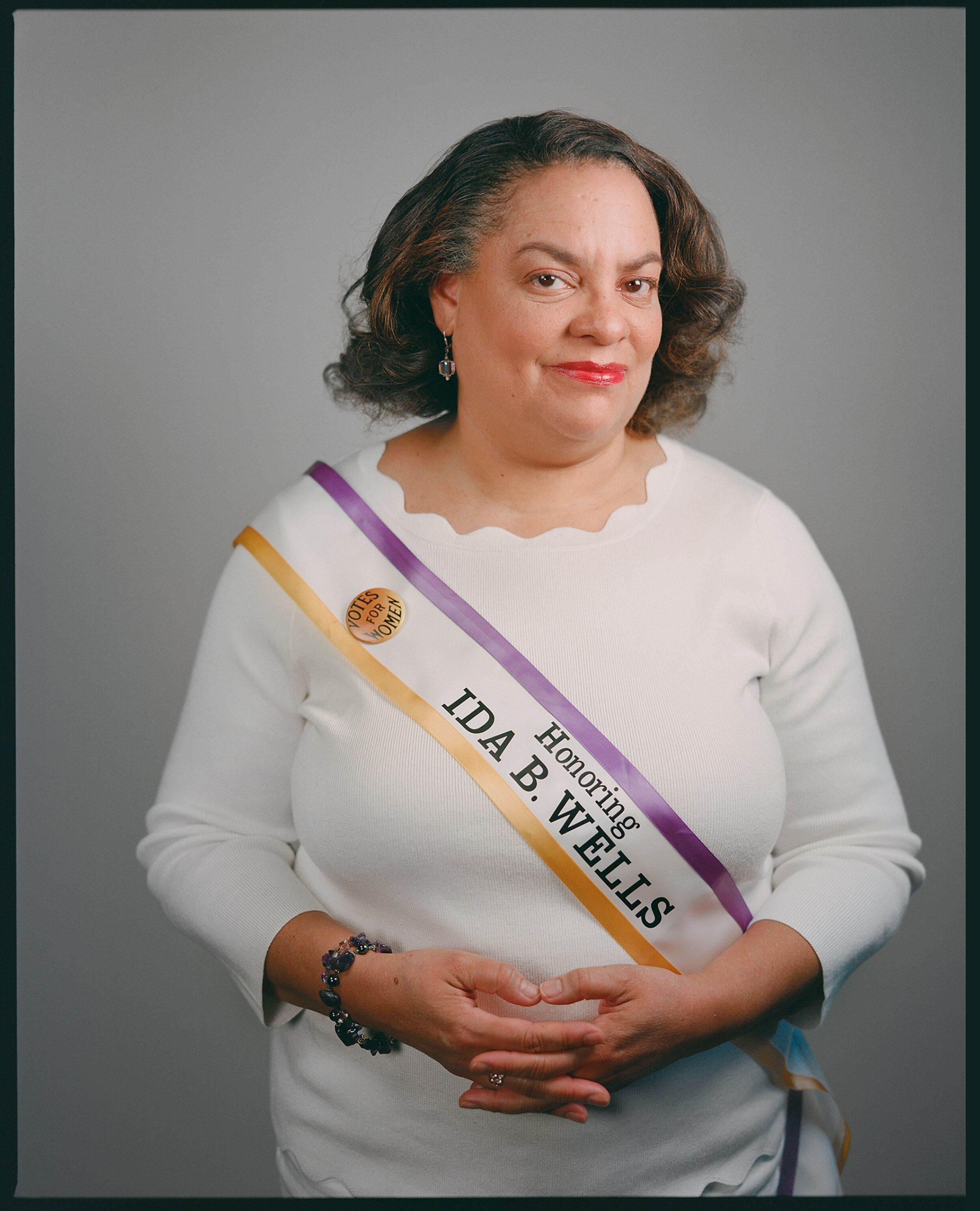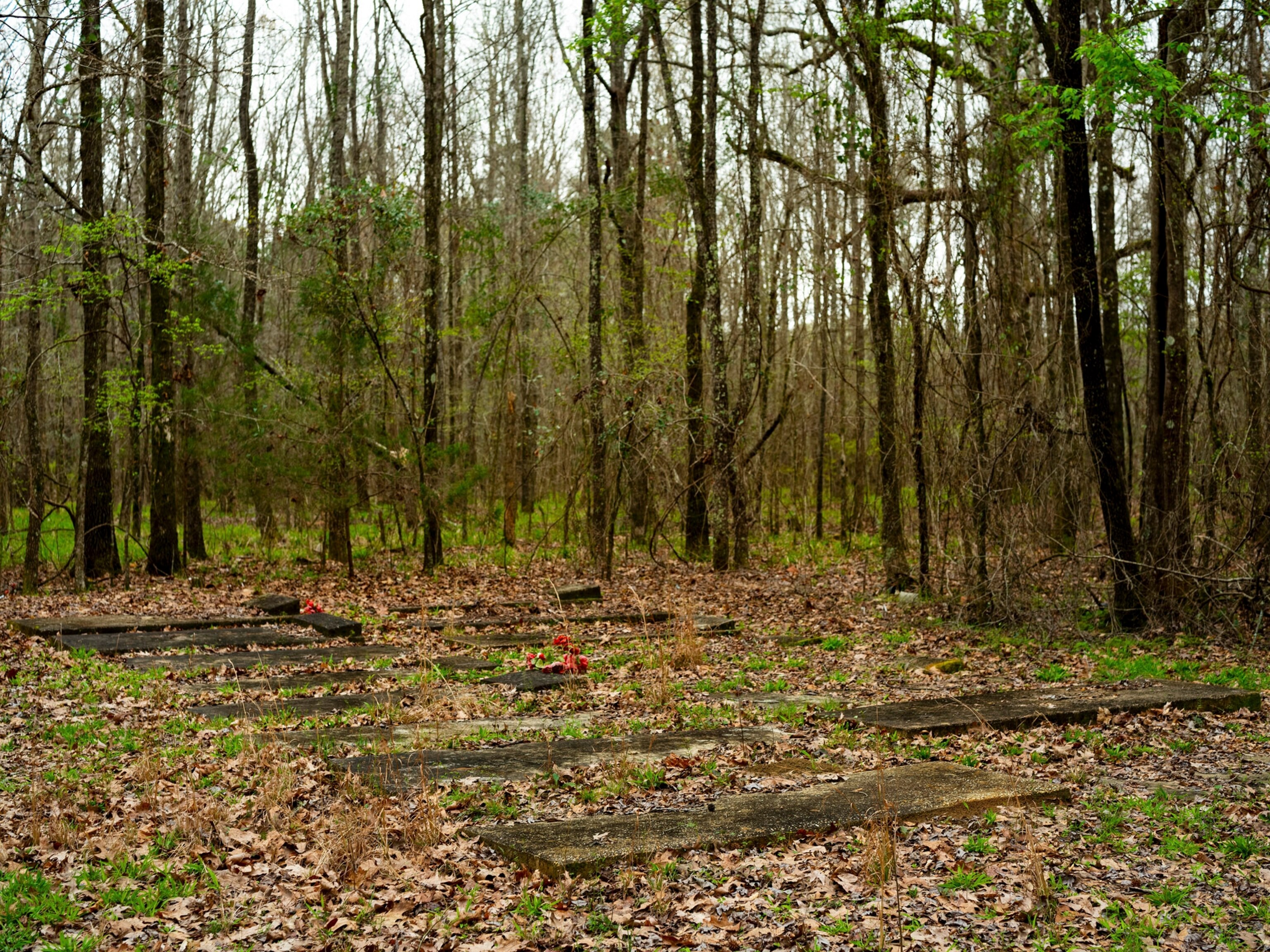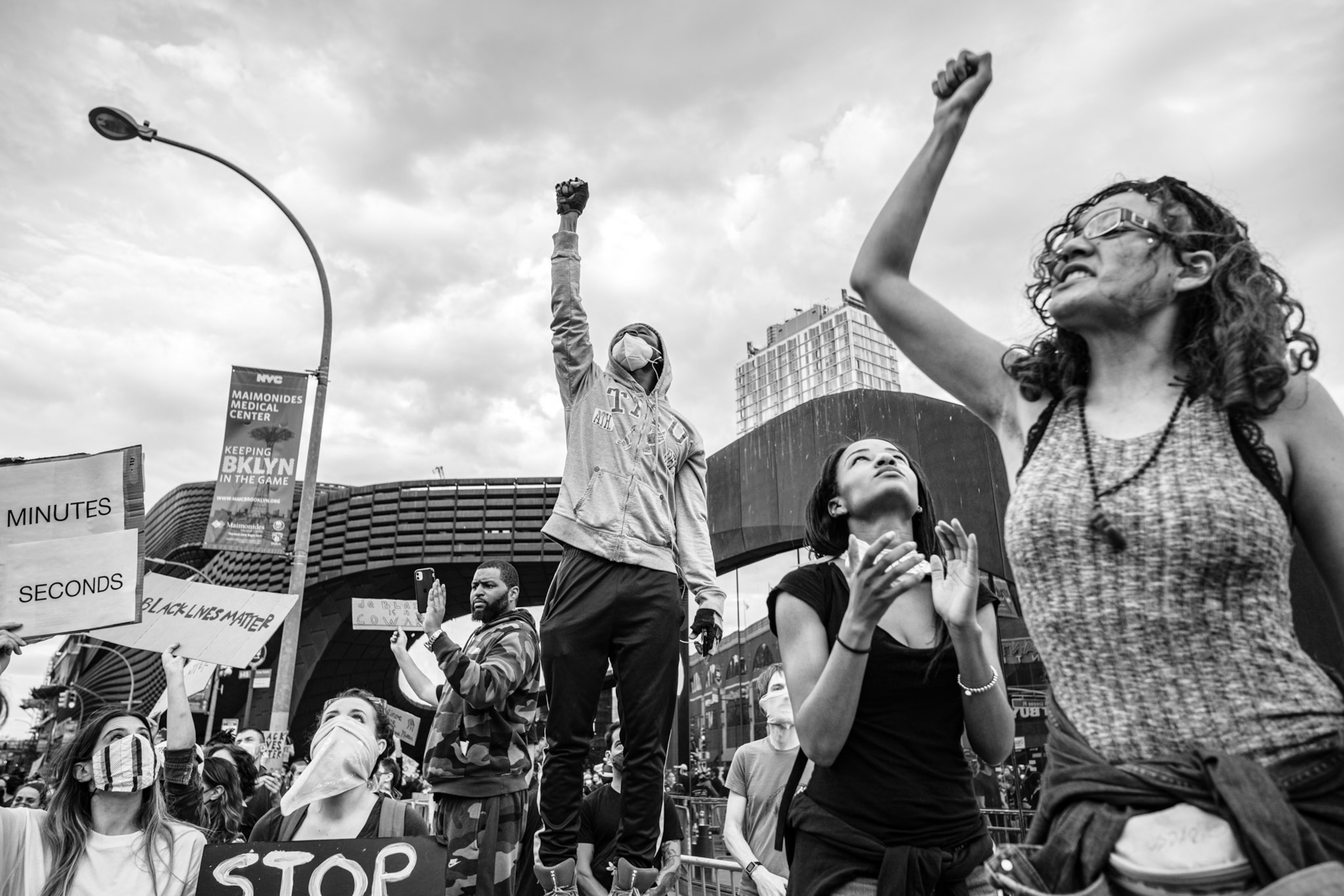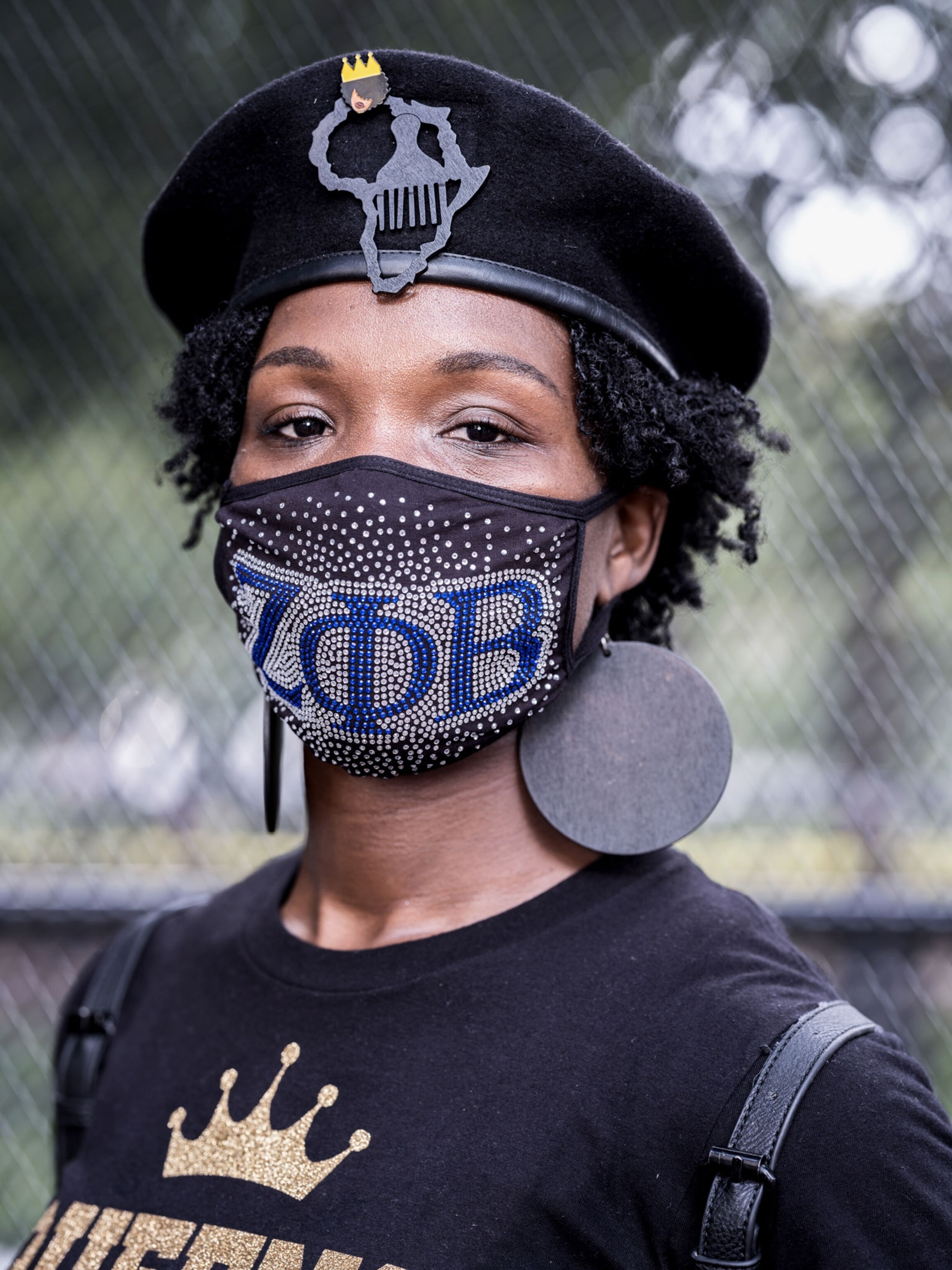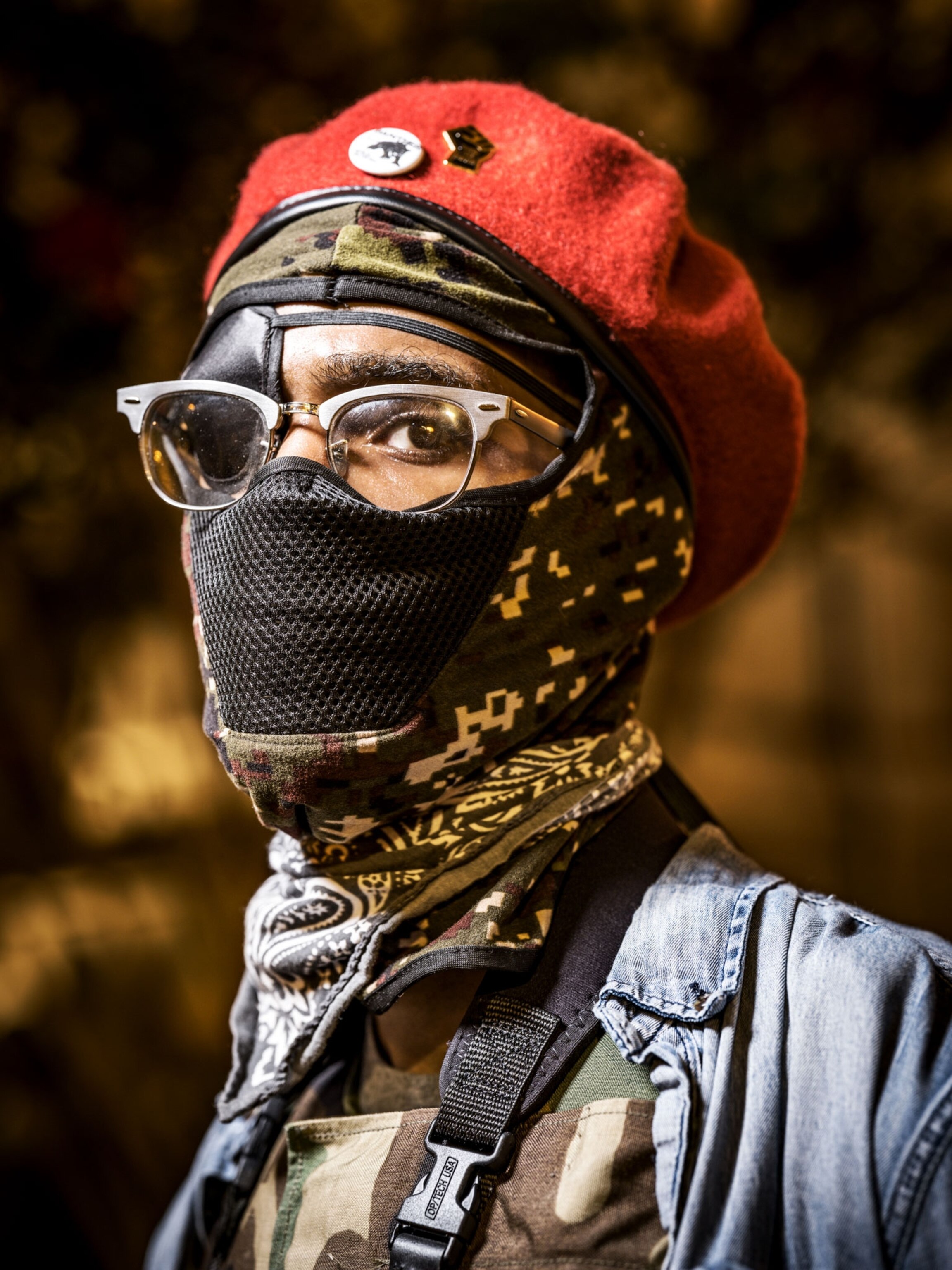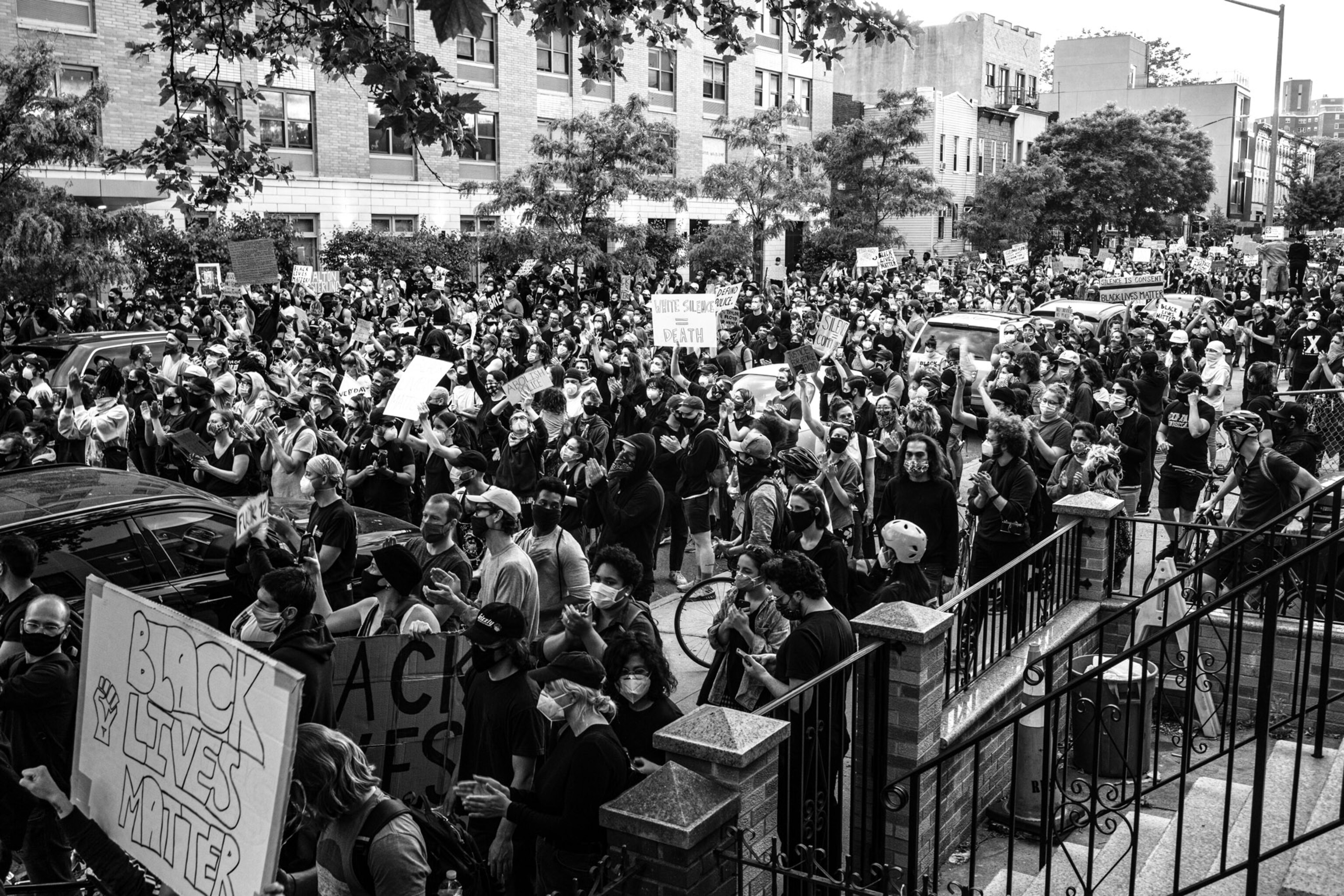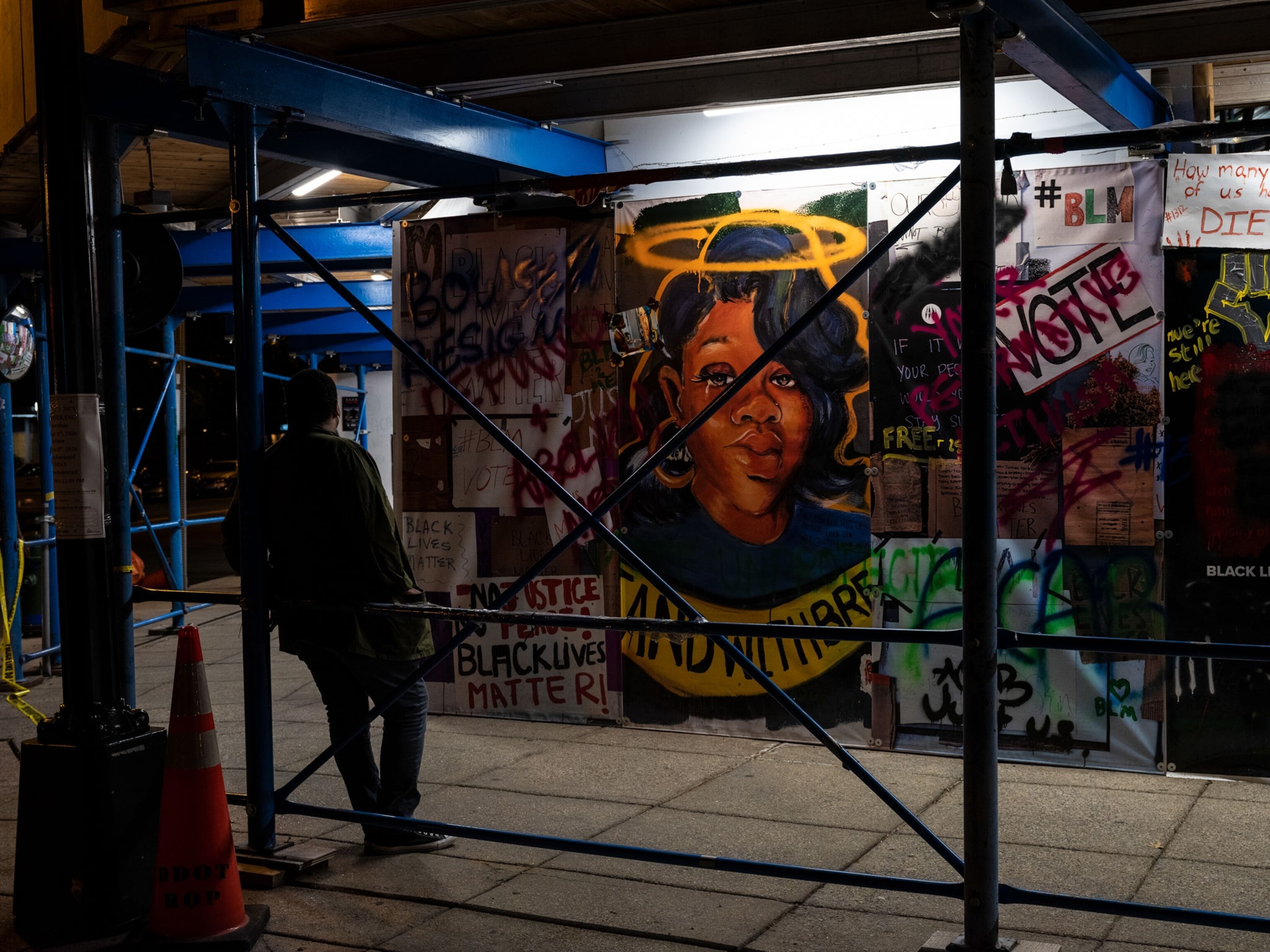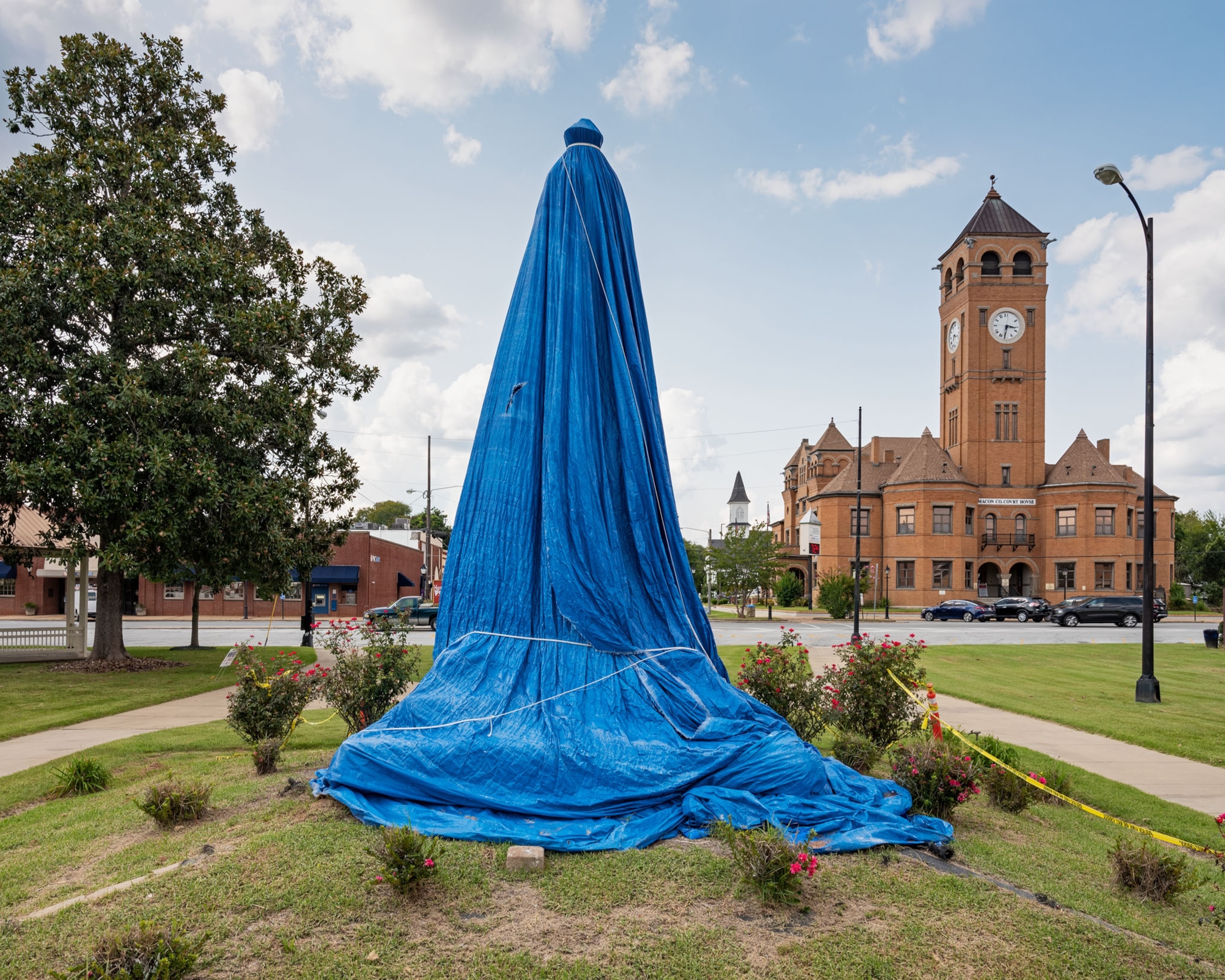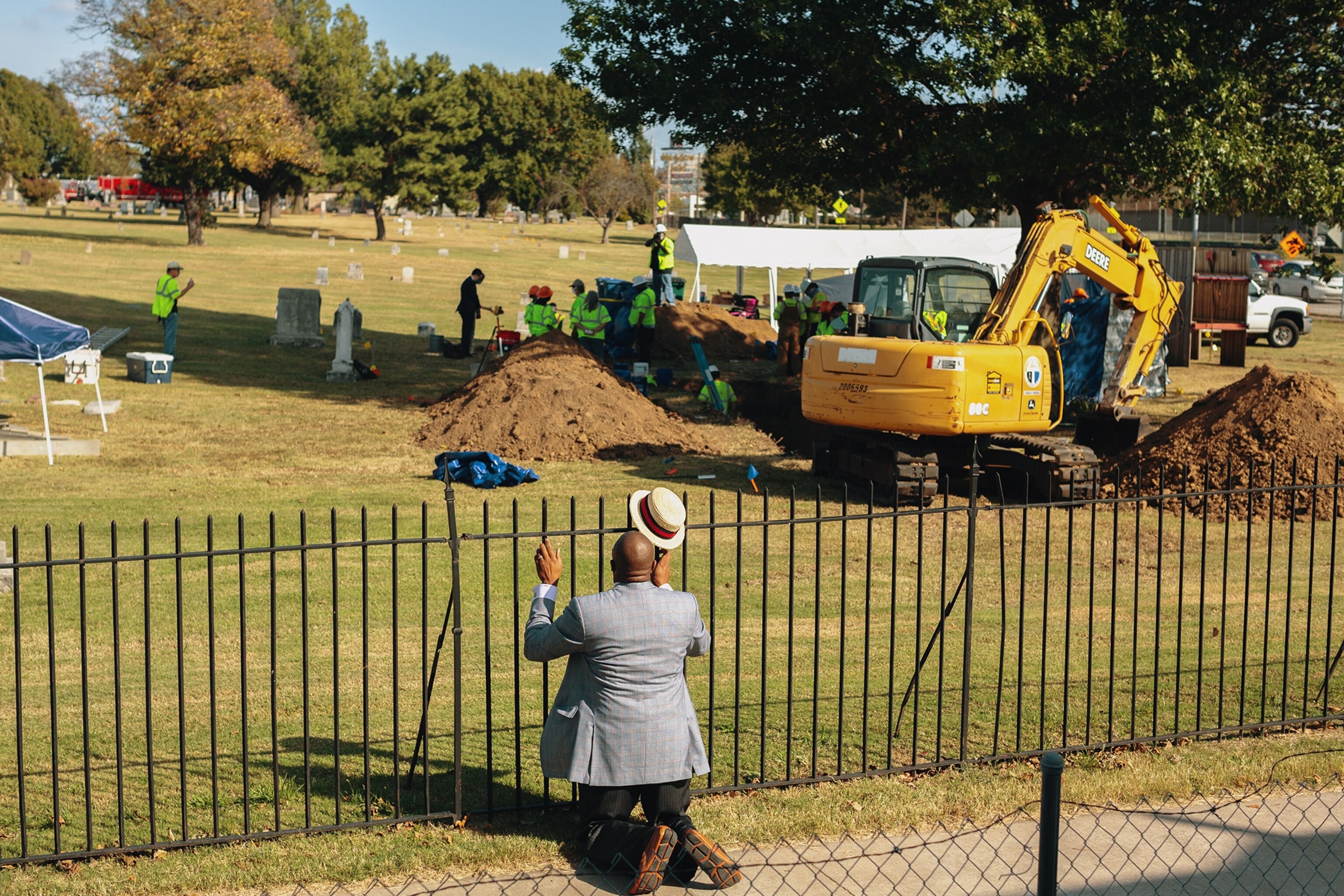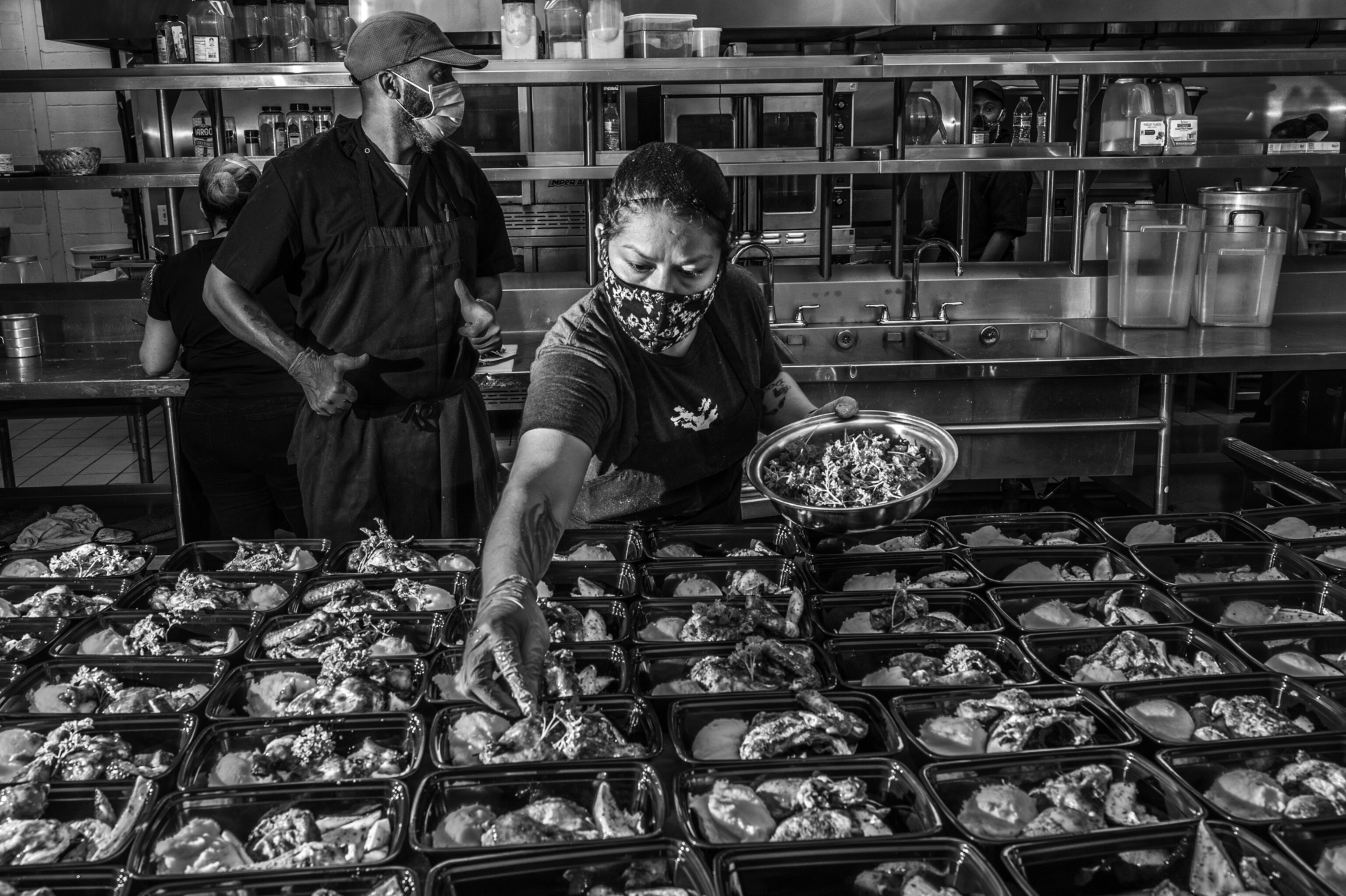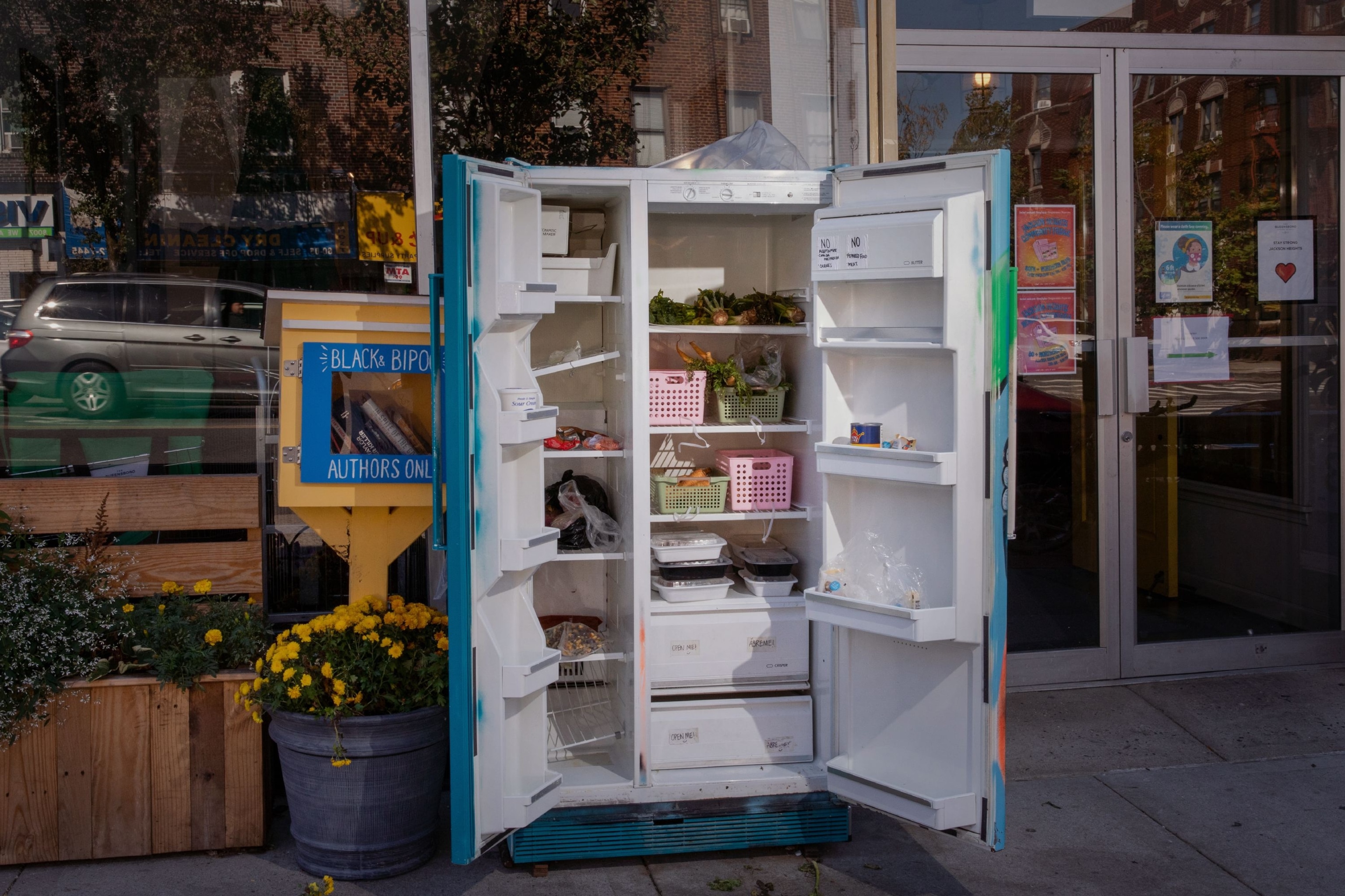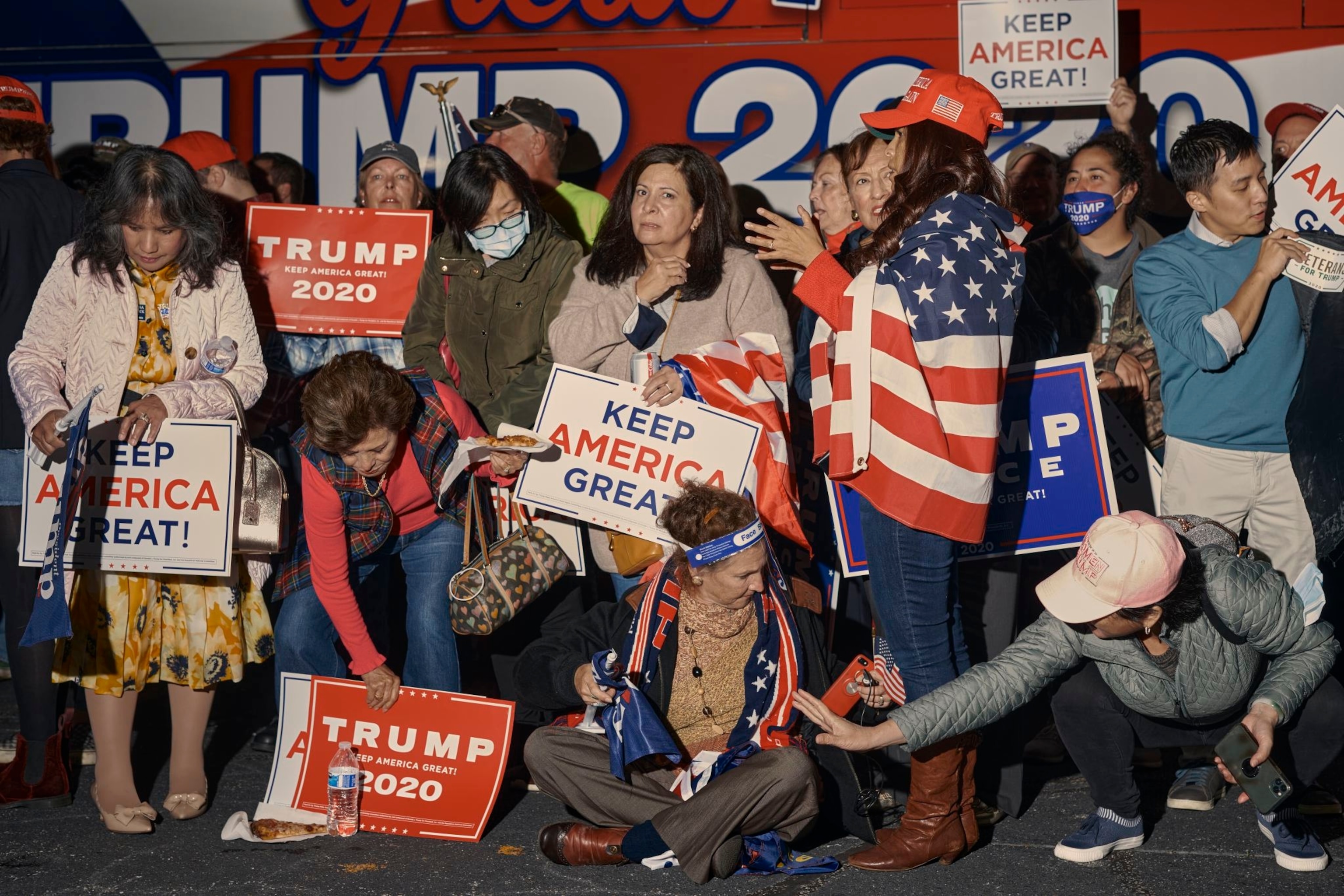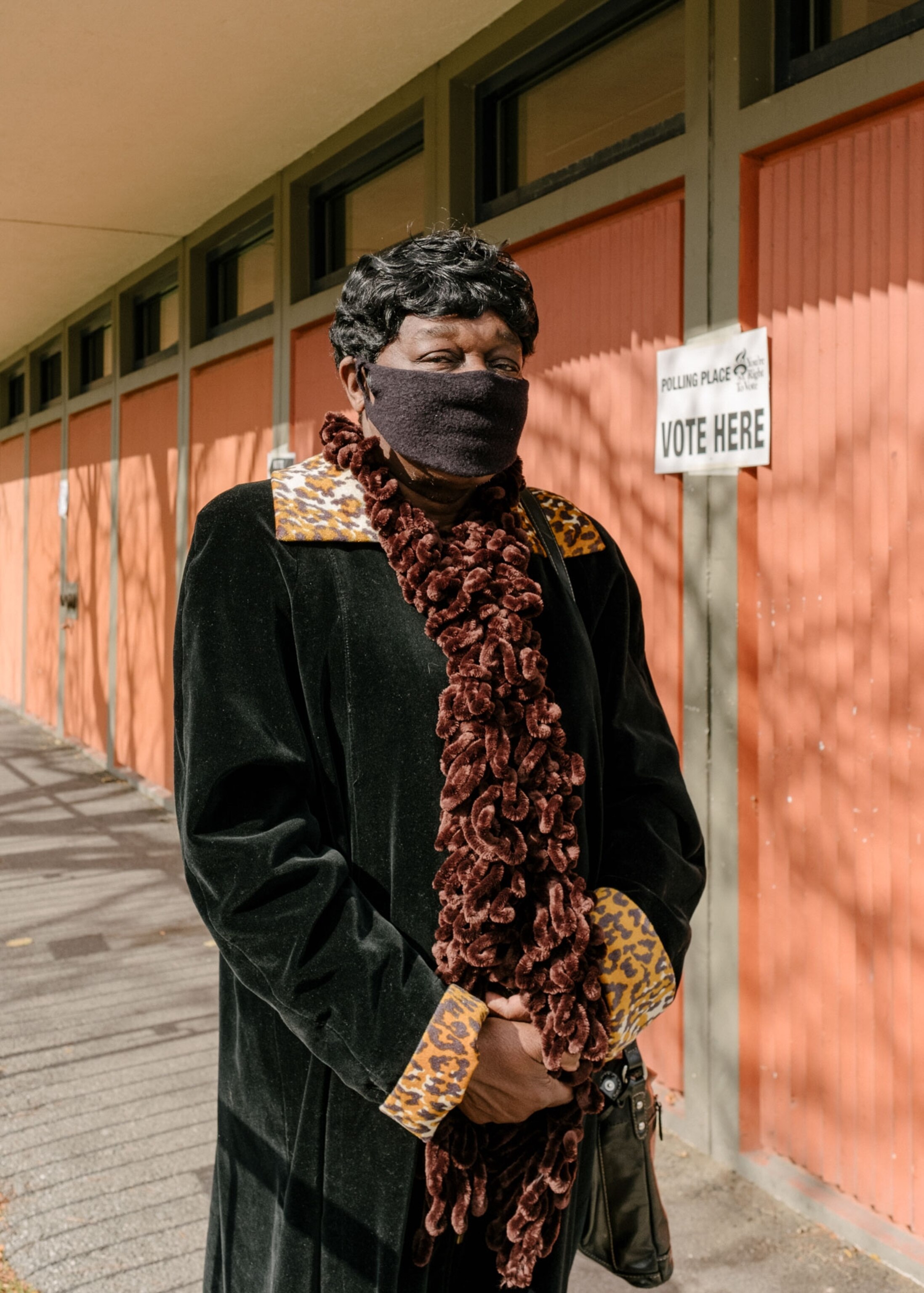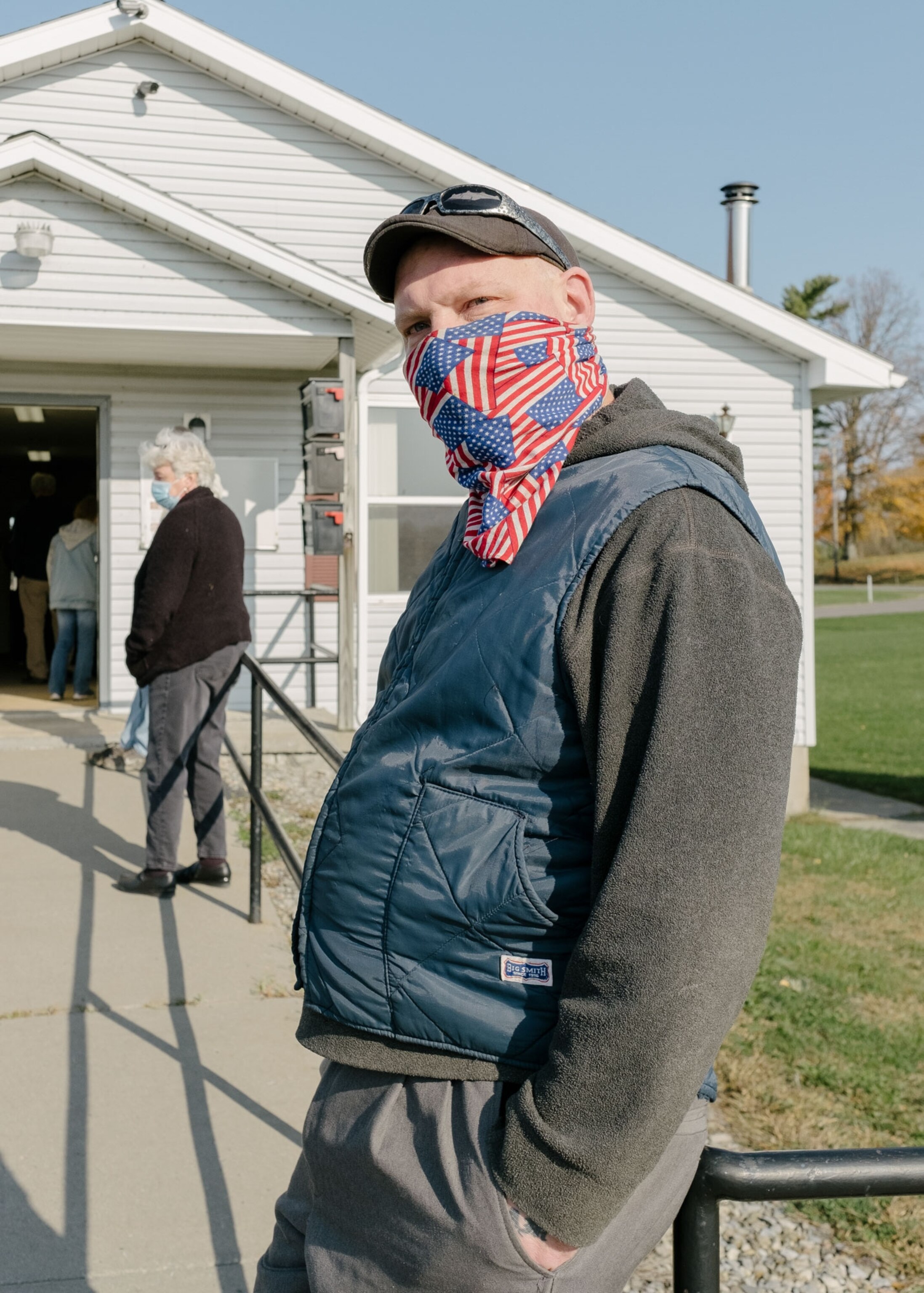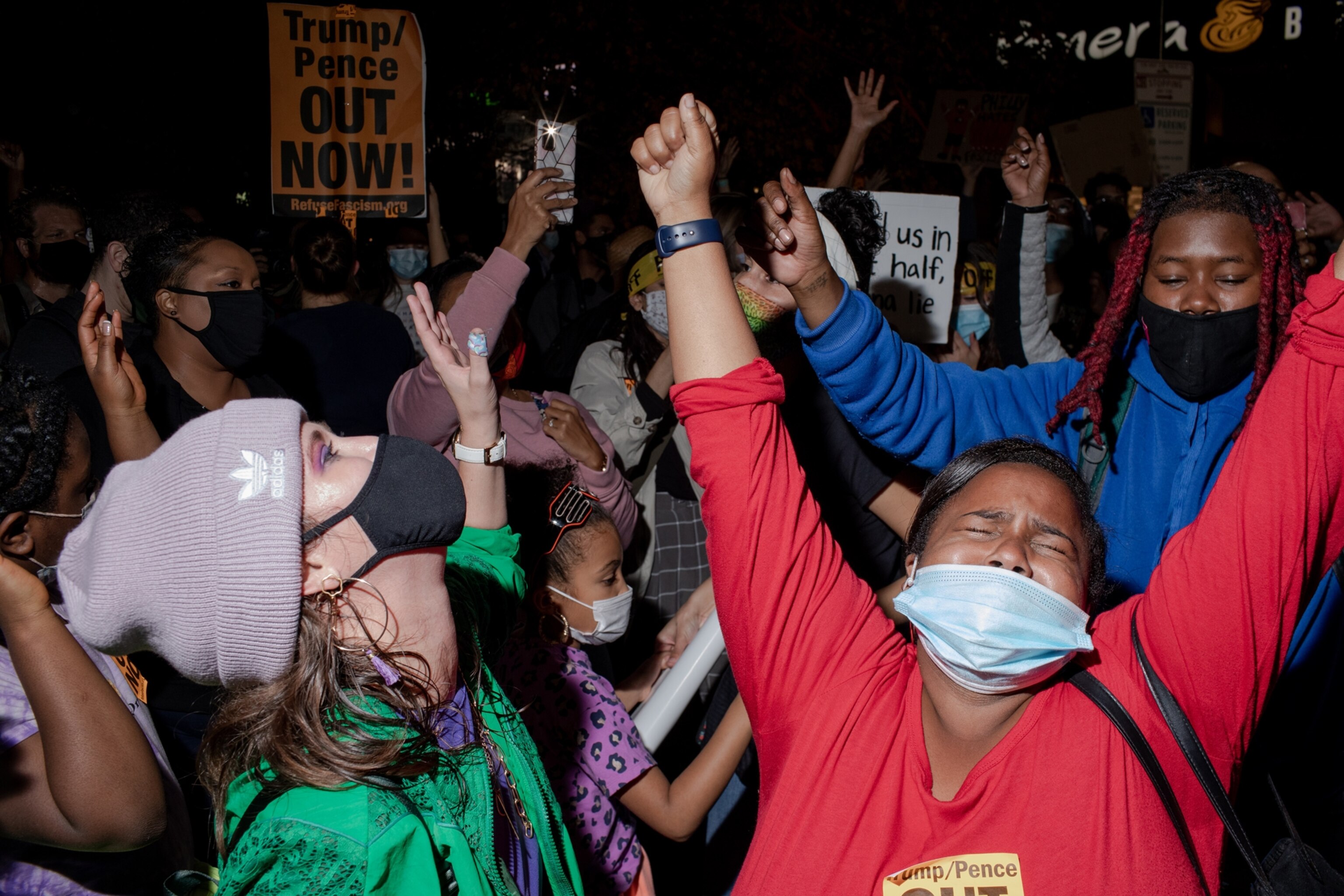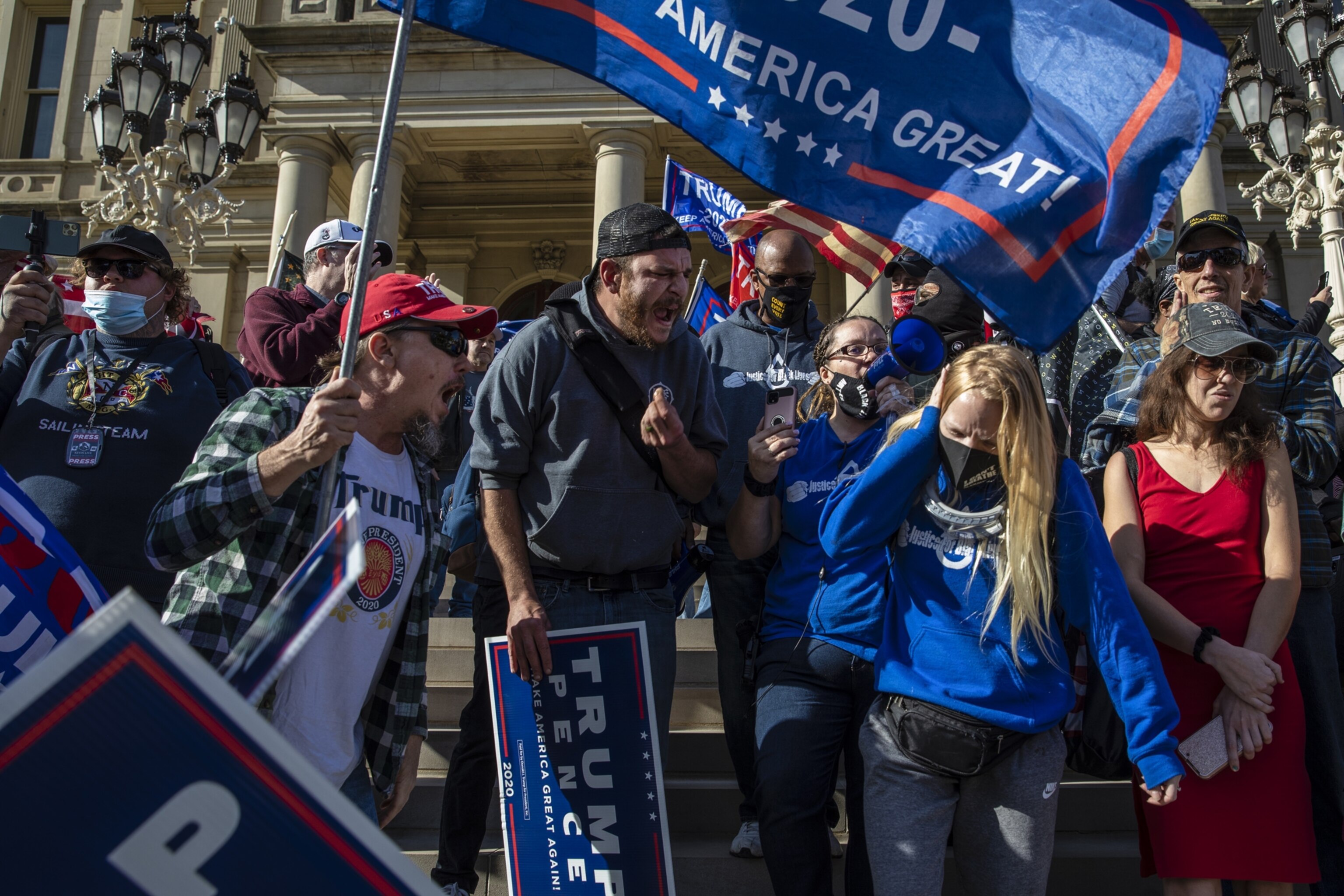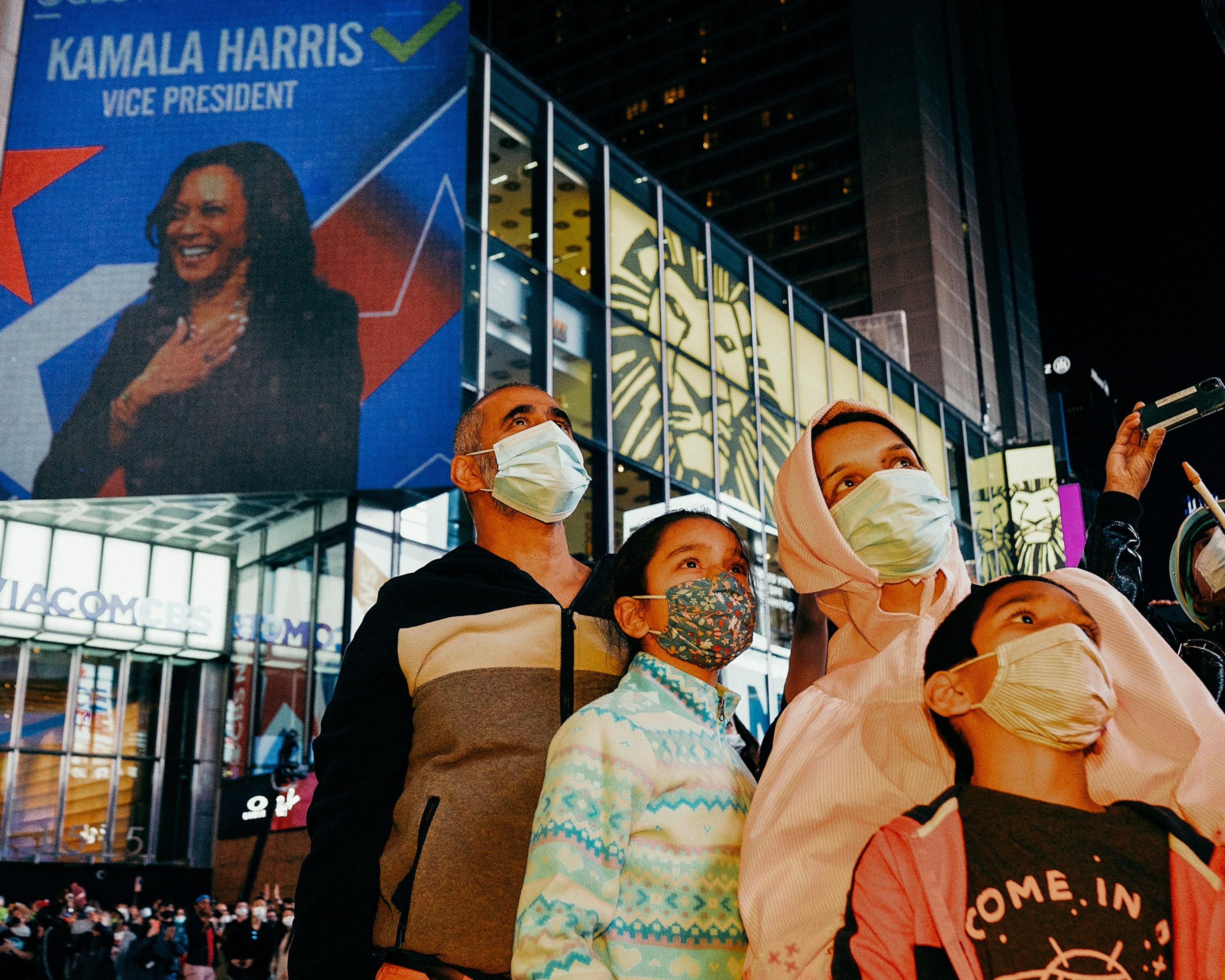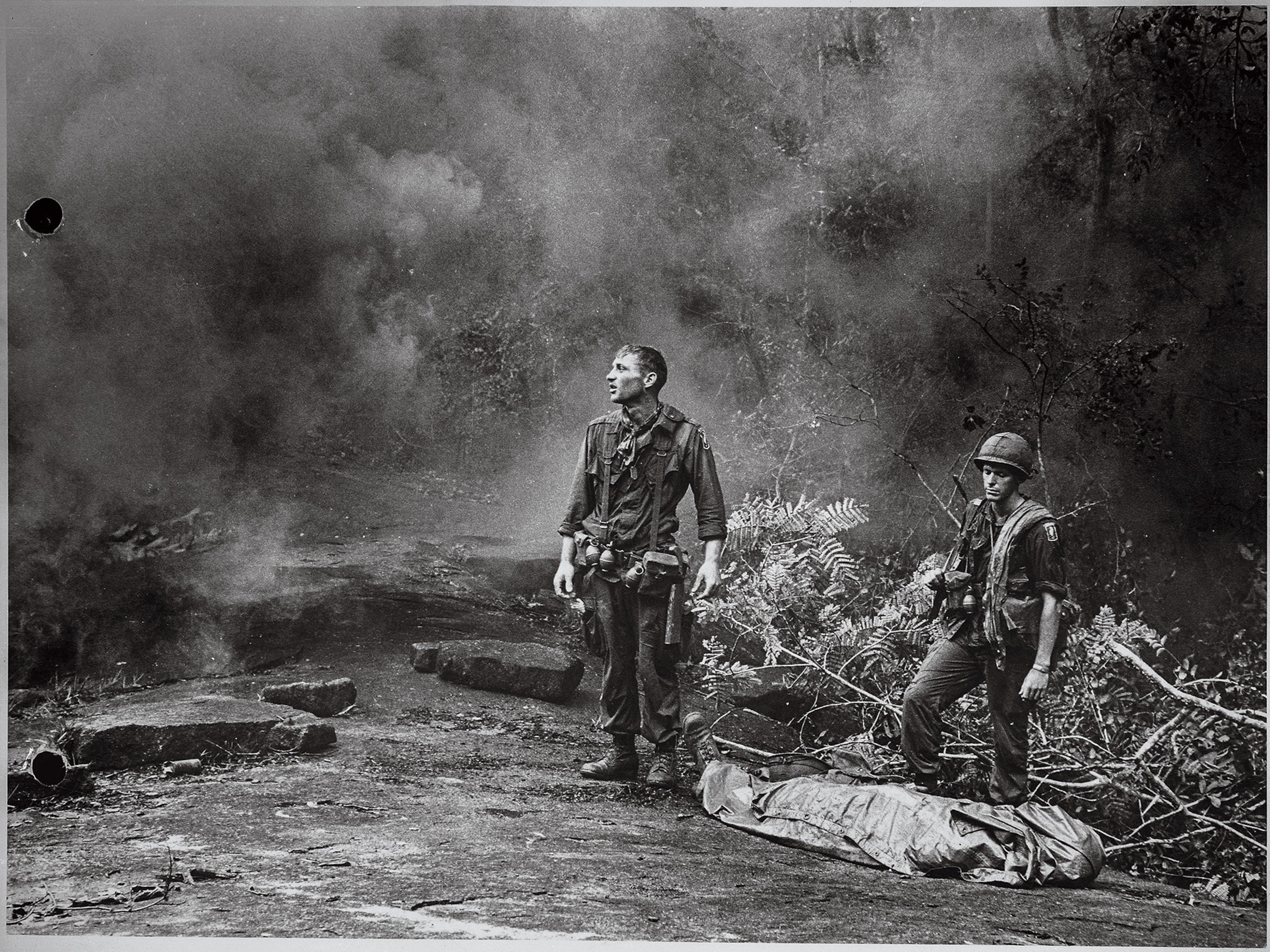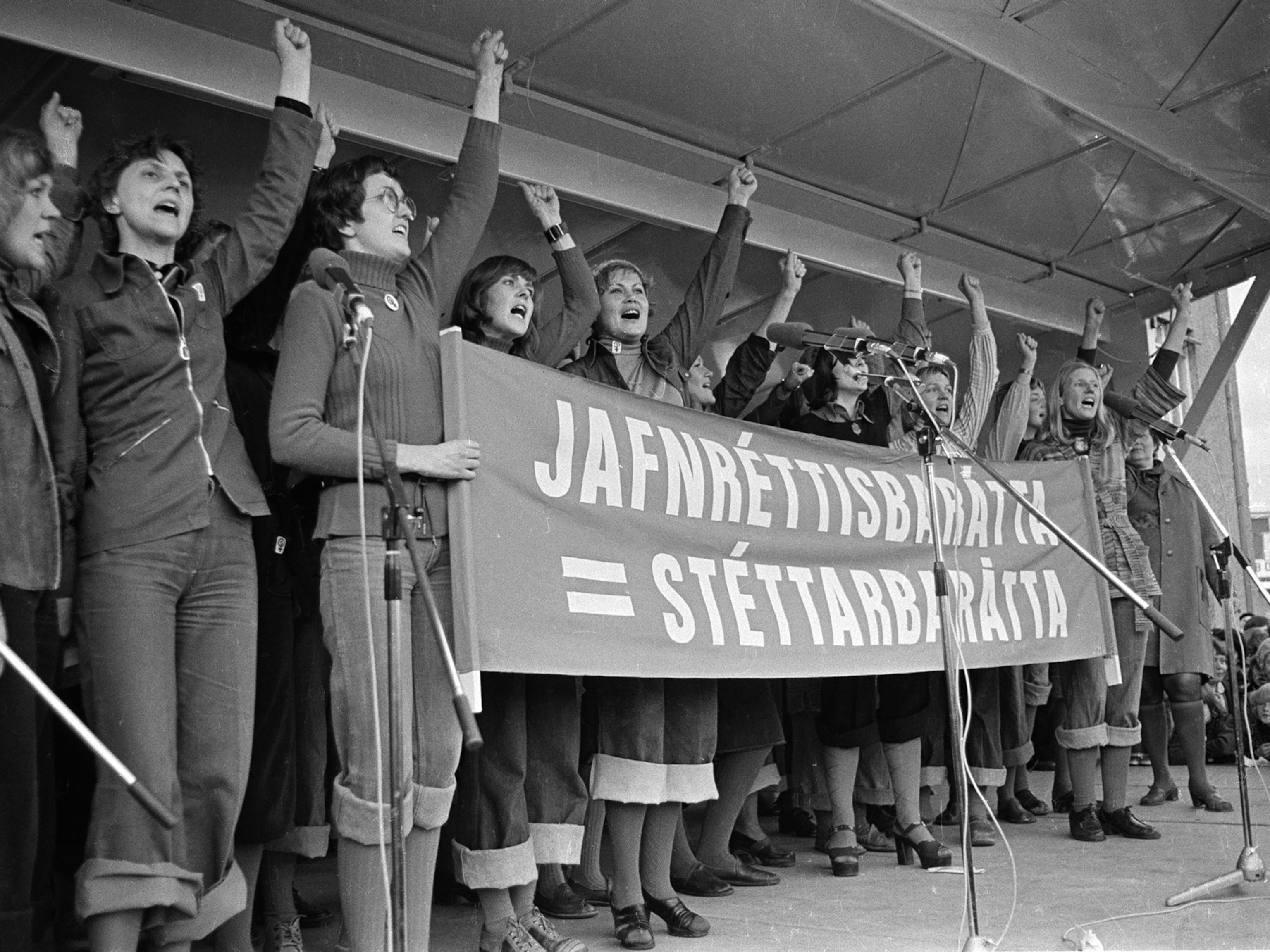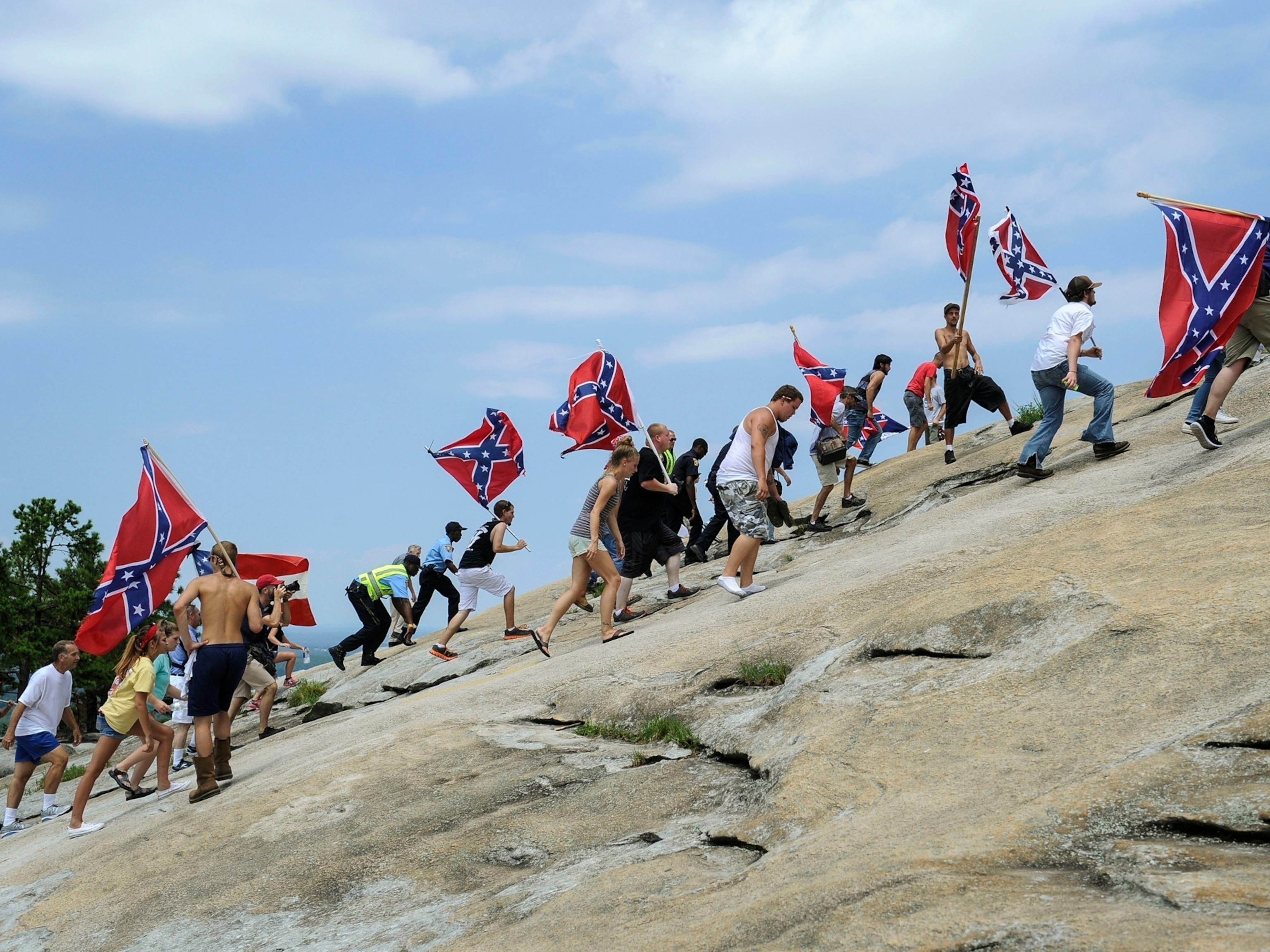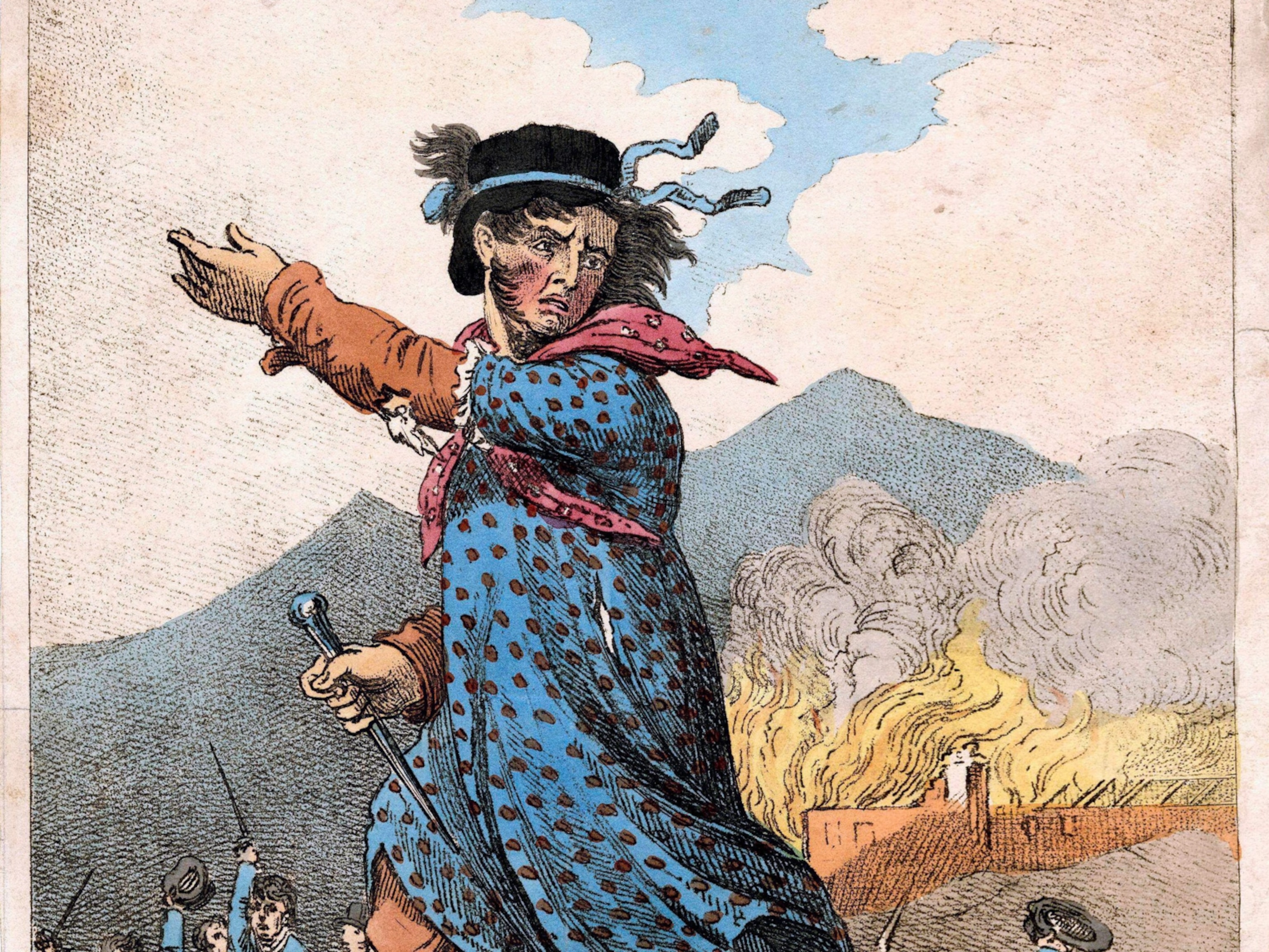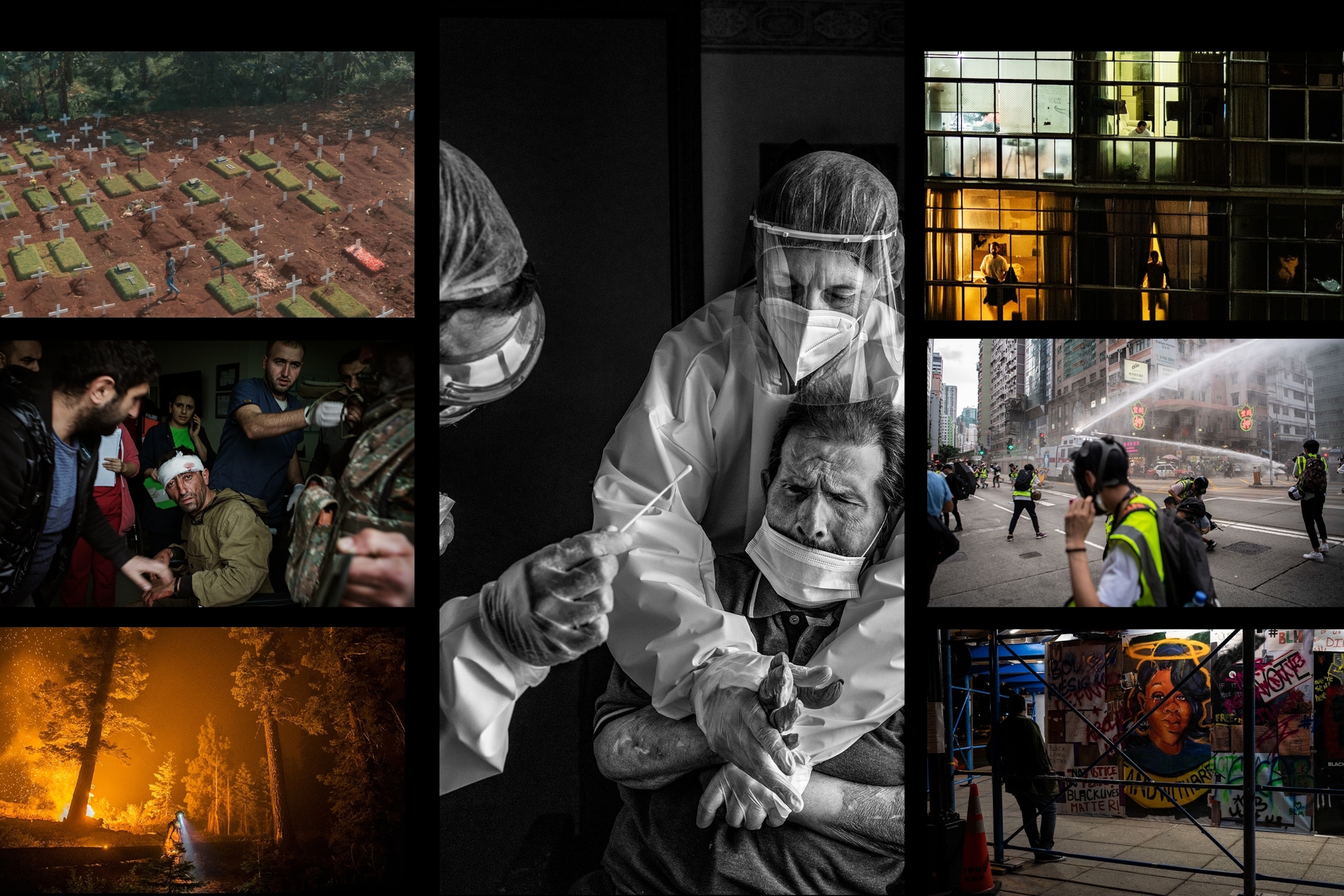
These are the history-defining moments that shaped 2020
National Geographic photographers capture a year dominated by disaster, unrest, and uncertainty.
Taken at the height of Belgium’s COVID-19 outbreak, a black-and-white photograph by Cédric Gerbehaye shows a medical gown and a face shield discarded outside a hospital. The protective gown—shed just moments before by a doctor transporting a patient out of an ambulance and into the ER—still carries the doctor’s form, as if the person inside it had simply vanished.
An image of quiet courage amid crisis, it’s one of 47 photographs selected by National Geographic to represent a year dominated by disaster, unrest, and uncertainty.
Wildfires and cyclonic storms ravaged homes and communities across the world. In Beirut, Lebanon, government mismanagement led to an ammonium nitrate explosion at the capital city’s port that killed nearly 200 people, wounded 6,500, and left 300,000 homeless.
Millions of people rose up against police brutality and systemic racism in the U.S. after several police killings of Black people, including George Floyd and Breonna Taylor. Monuments fell and historical wounds reemerged.
Photographer Kris Graves drove over 3,500 miles in 23 days to photograph more than 250 memorials, monuments, and schools—90 percent of which were dedicated to the Confederacy. In Oklahoma, Bethany Mollenkof documented the unearthing of mass graves in the search for victims of the 1921 Tulsa Race Massacre. “The moment felt surreal,” she says. “For so long Black people in Tulsa have demanded the city look for bodies in that spot in the graveyard, so to know they found human remains there felt heavy. I felt responsible to show the emotion.”
Unrest convulsed the rest of the world as well. Long-simmering ethnic tensions between Armenian and Azerbaijani groups in Nagorno-Karabakh erupted into a 44-day conflict that ended with a tenuous ceasefire. China cracked down on Hong Kong’s student-led protests by imposing a new security law criminalizing dissent, effectively dismantling the city’s political and cultural identity. “What does it mean for a city to die?” asks photographer Laurel Chor, a Hong Kong native who has documented the city’s upheaval. “How do you mourn the loss of a place in which you are still living?”
There were also major milestones. For the 75th anniversary of the end of World War II, Hiroki Kobayashi documented how Japan remembers the trauma of the atomic bombs, while Robert Clark photographed veterans and survivors in the U.S., Japan, and Europe. In August, Americans celebrated the 100th anniversary of the 19th Amendment, which granted women the constitutional right to vote.
And in November, eight of our photographers covered a presidential election whose stakes felt more urgent than ever. A record number of Americans turned out to vote for the future of a nation at a crossroads.
Through it all, the coronavirus pandemic touched every aspect of life in every corner of the globe, from how we celebrate to how we grieve. Over 1.4 million people have died. Millions have lost their jobs and struggle to feed their families. But the first doses of a vaccine are expected to be rolled out within weeks, offering hope for the new year.
These are the moments that will be etched into history, seen through the lenses of National Geographic photographers.

